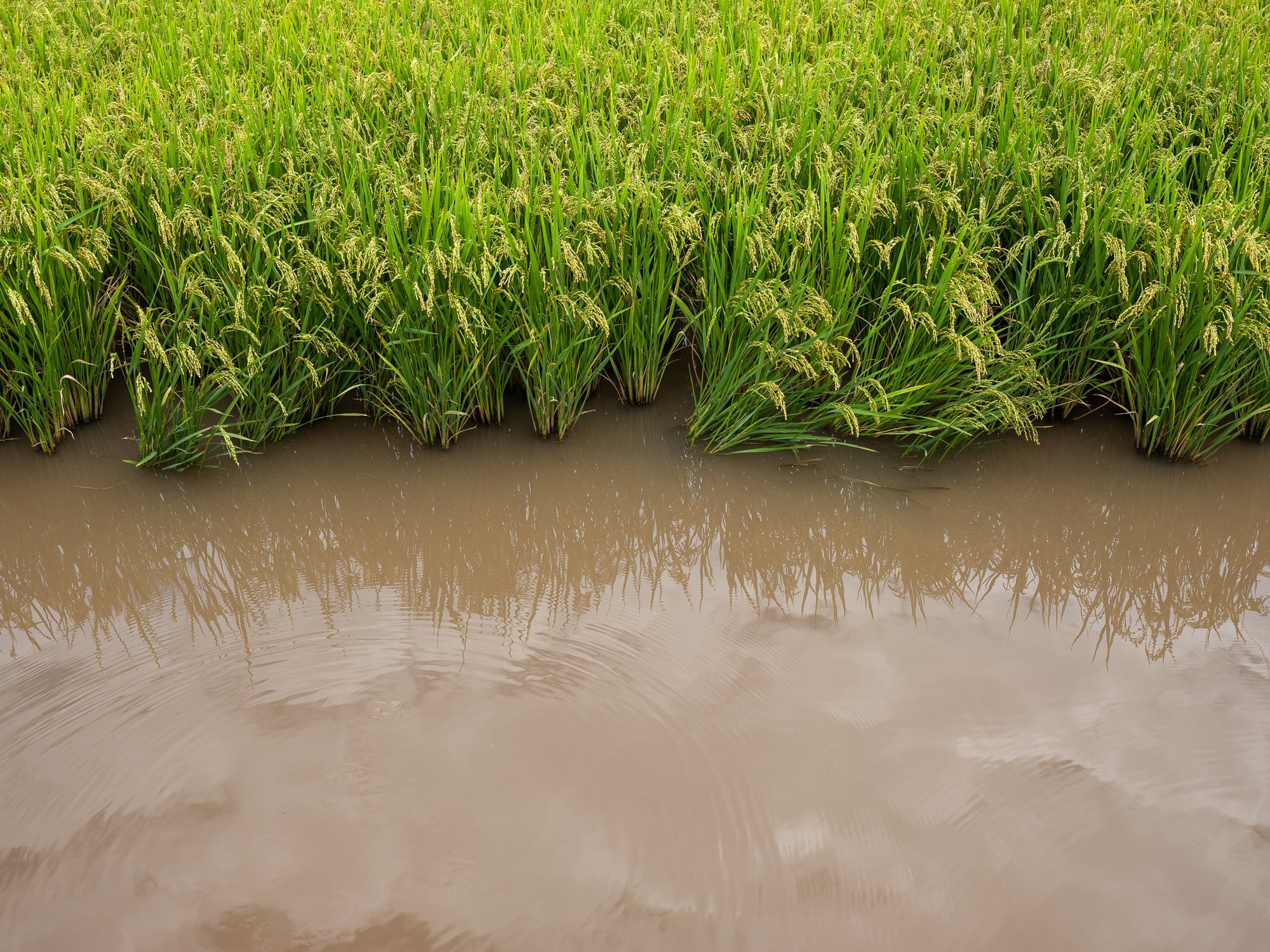ENTRÉE-PLAT-DESSERT
Food production is one of the biggest challenges of our times: how can we reduce waste; feed 10 billion people; eat better; while also adapting to a changing world? It is also a major journalism story – one that allows covering topics such as climate change, human labour, land use, and many more.
I decided to team up with Maxime Brousse, a writer and journalist, to create the “Entrée-Plat-Dessert” project: a long-term journalism series that would deliver in-depth narratives on food production, focusing on five food items that are consumed and produced globally, and that form the basis of a complete meal (tomato, rice, chicken, banana, and coffee).
Each story we pursue is a stand-alone that informs on one specific side of food production; but taken together, they form a coherent corpus that shows that the future of food stems from the Netherlands’ foodtech ecosystem as well as from rural Rwanda.
NETHERLANDS
The food valley
Long form journalism on the future of food
This is what some call the “Dutch miracle”: on 10 000 sq.km of arable land (a surface smaller than the Paris Region), the Netherlands produce 105 billion euros worth of agricultural export, making them the second world largest exporter of agricultural products.
But there’s a reason why the Dutch are thriving: for decades, the country has set technical progress as the cardinal value in its quest to increase agricultural productivity. Today, it is home to a unique ecosystem of innovative businesses and cutting-edge research.
On the business side:
- Seed companies such as Enza Zaden (which spends 100 million dollars in research every year) and Syngenta (whose TomatoVision research centre imagines the “tomato of tomorrow”).
- Plant-based meat producers – former meat processing giants; researchers who work on steaks made of grass; start-ups developing new processes.
- Specialists in vertical farming, LED lighting, and much more.
On the research side: Wageningen University, with its 14,000 students from 113 countries and its research programmes in robotics, soil chemistry, water management and genetics.
In between, lies a hybrid world in which lecturers are also the heads of start-ups; major agribusiness groups open buildings bearing their names on campus; and the head of the university sits on the board of Syngenta.
Some of the last decade’s biggest changes in agriculture come from the Netherlands: The tomato greenhouses which develop in France, Morocco, or Egypt are exact replicas of the Dutch system; and Substitute meat employs hundreds of workers; and most seeds are either produced or developed in the tiny kingdom. No wonder the country is labelled “the future of food”. In a way, it is on a mission to feed a world where farmland is scarce, population is growing, and yields are decreasing due, in part, to climate change.
But in recent years, this perfect picture has begun to crack. Various voices are speaking out against this omnipresent “food valley” which alone decides what ends up on our plates.
This is a portrait of the Netherlands as the battlefront of a worldwide battle: the one to decide what will end up on our plates tomorrow.
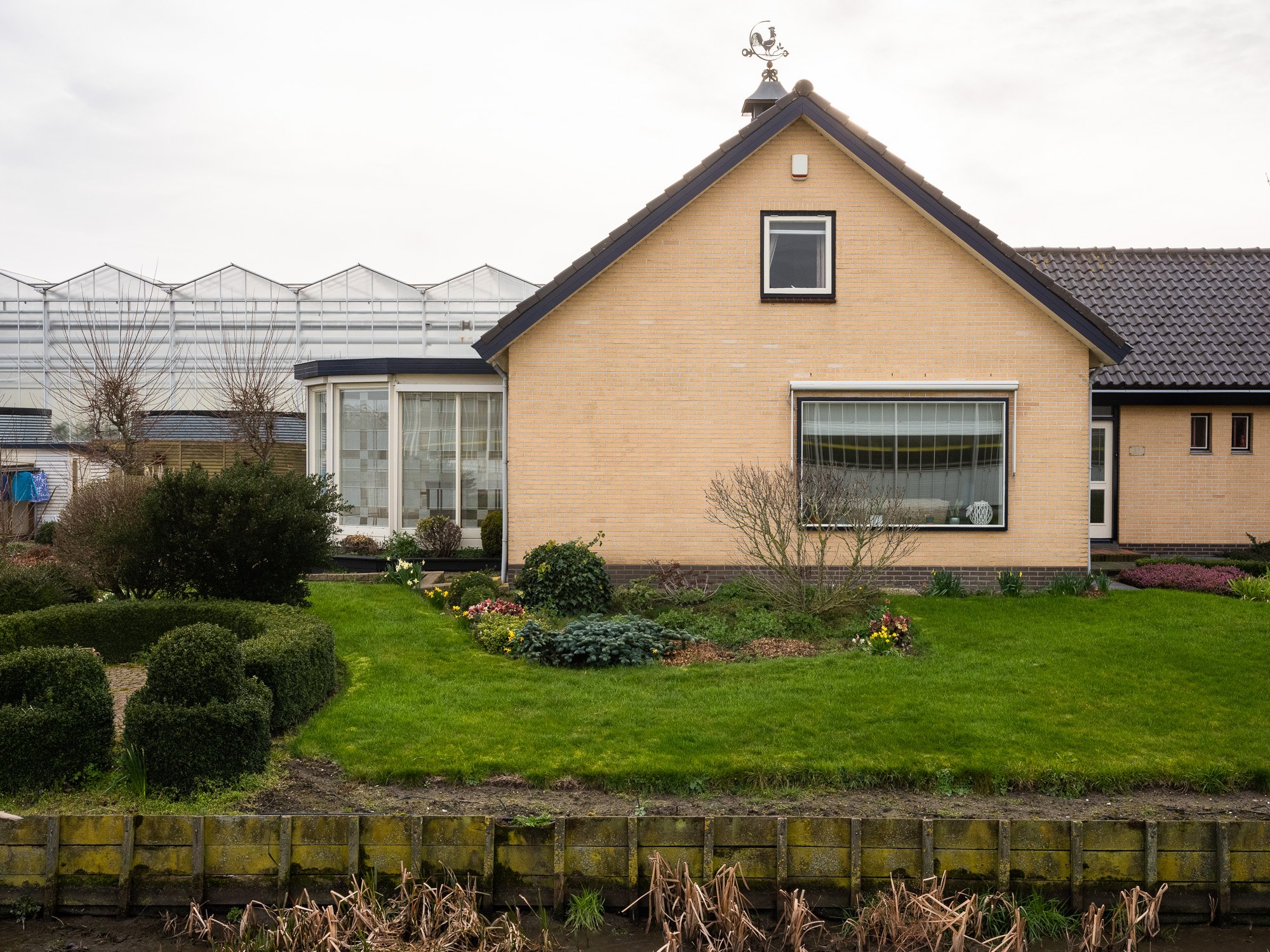
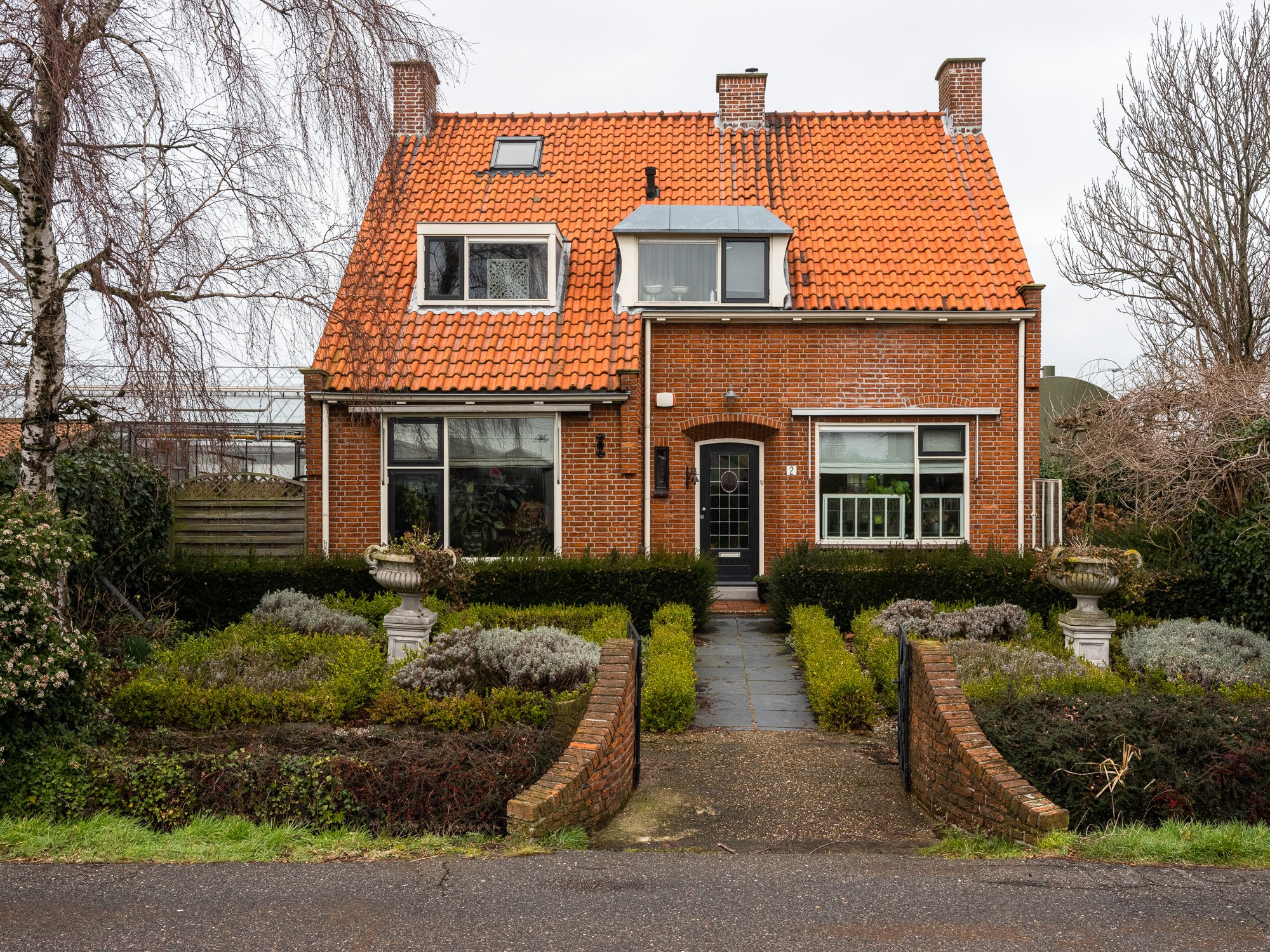
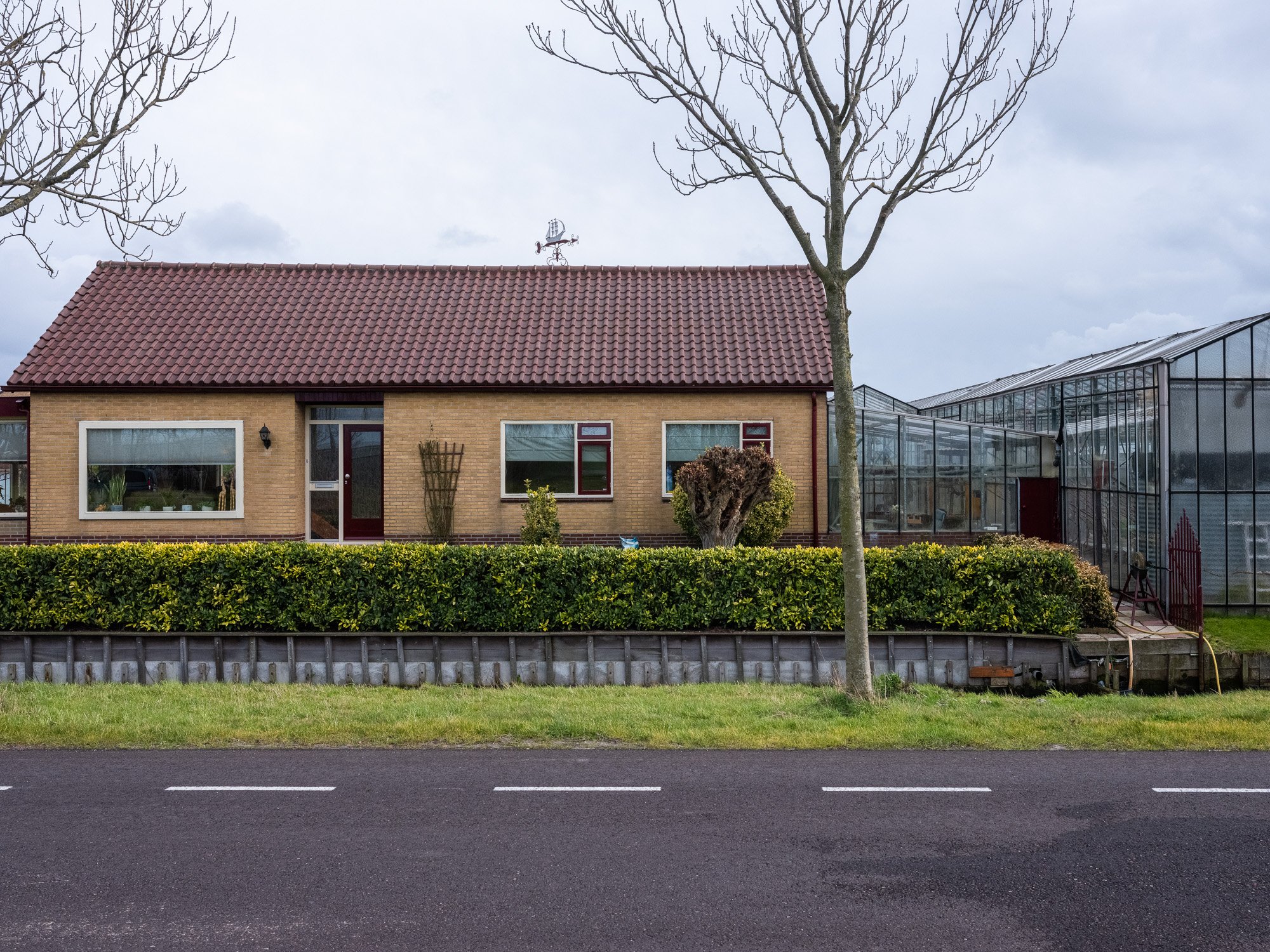
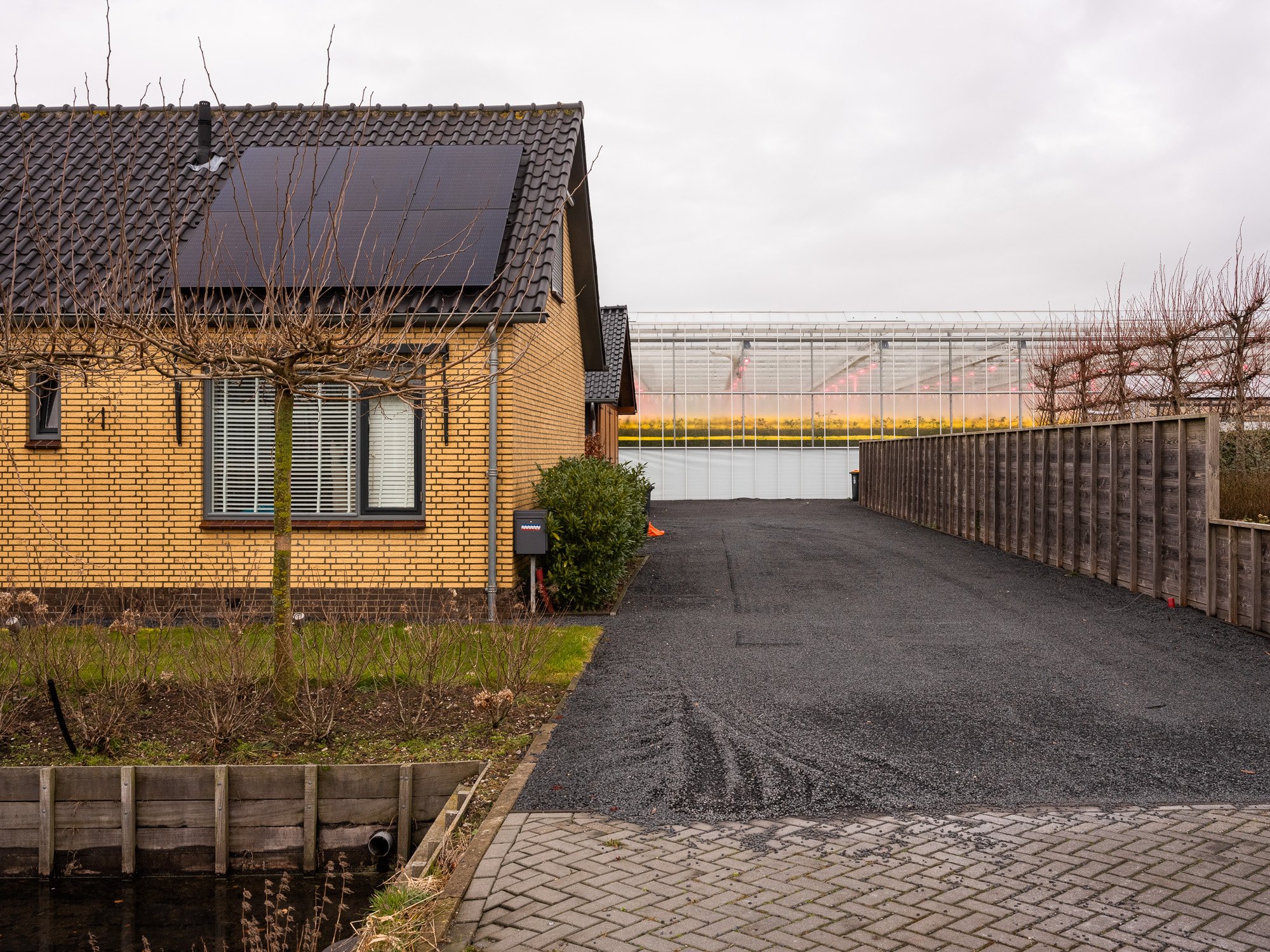
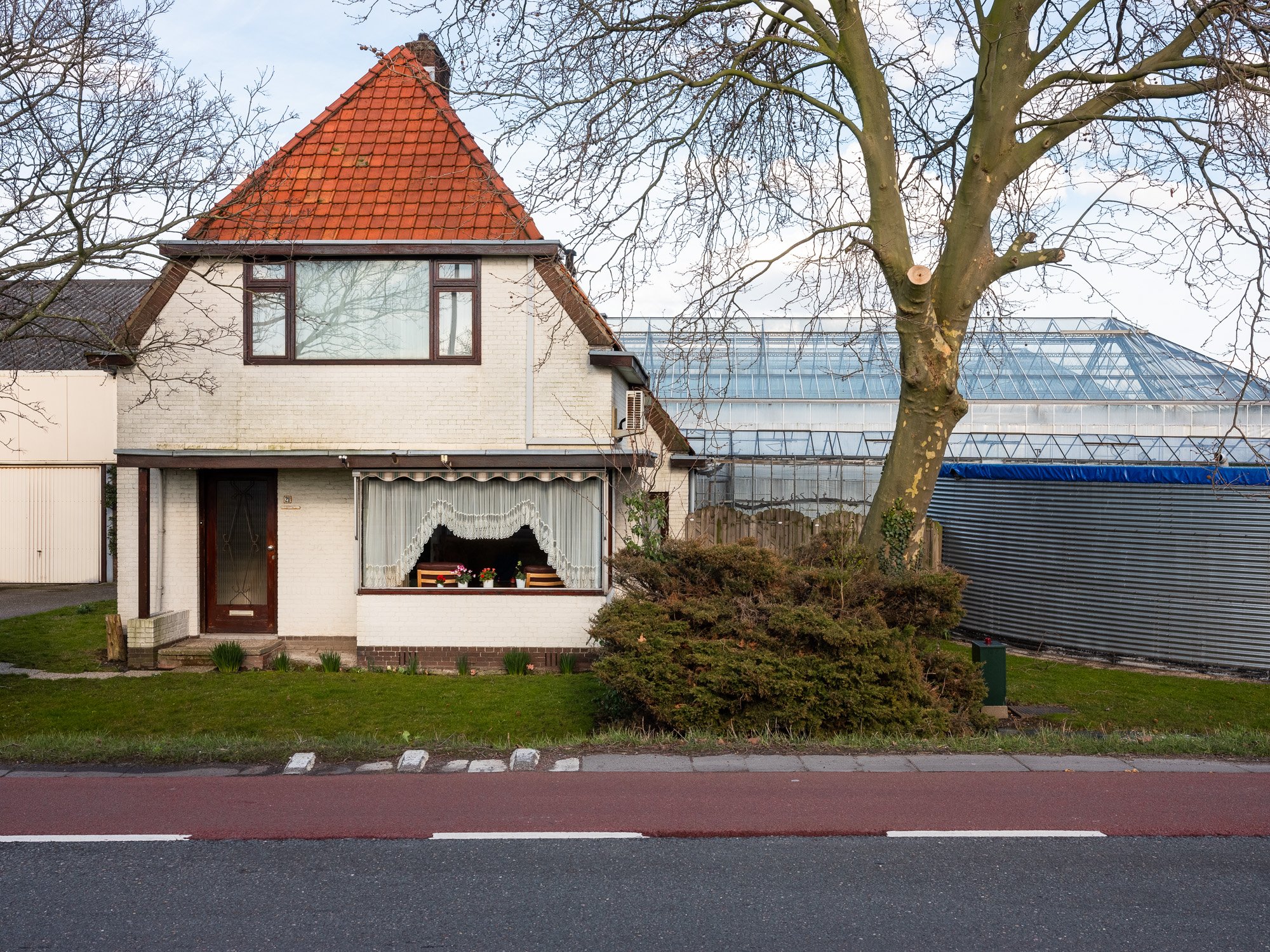
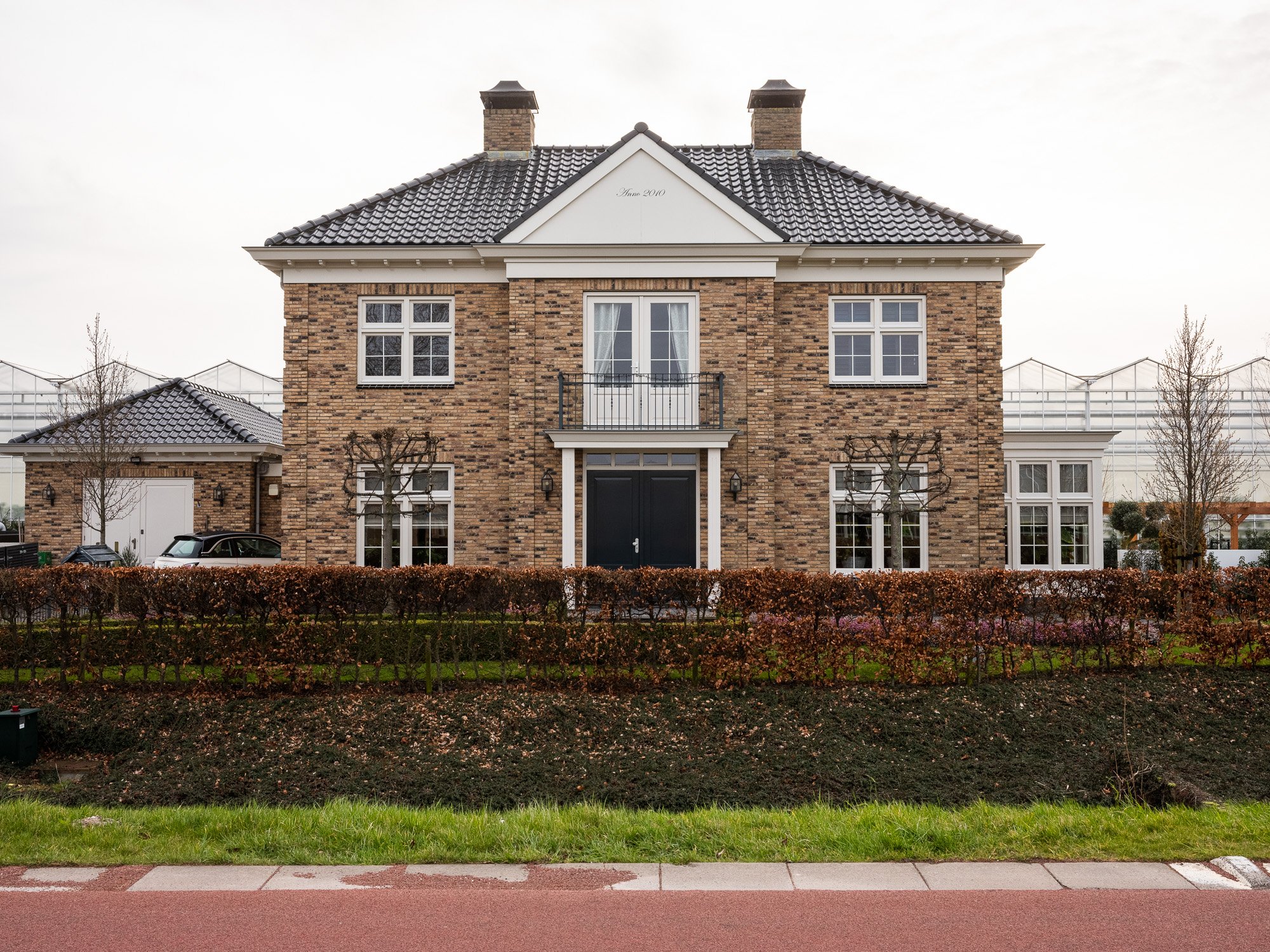
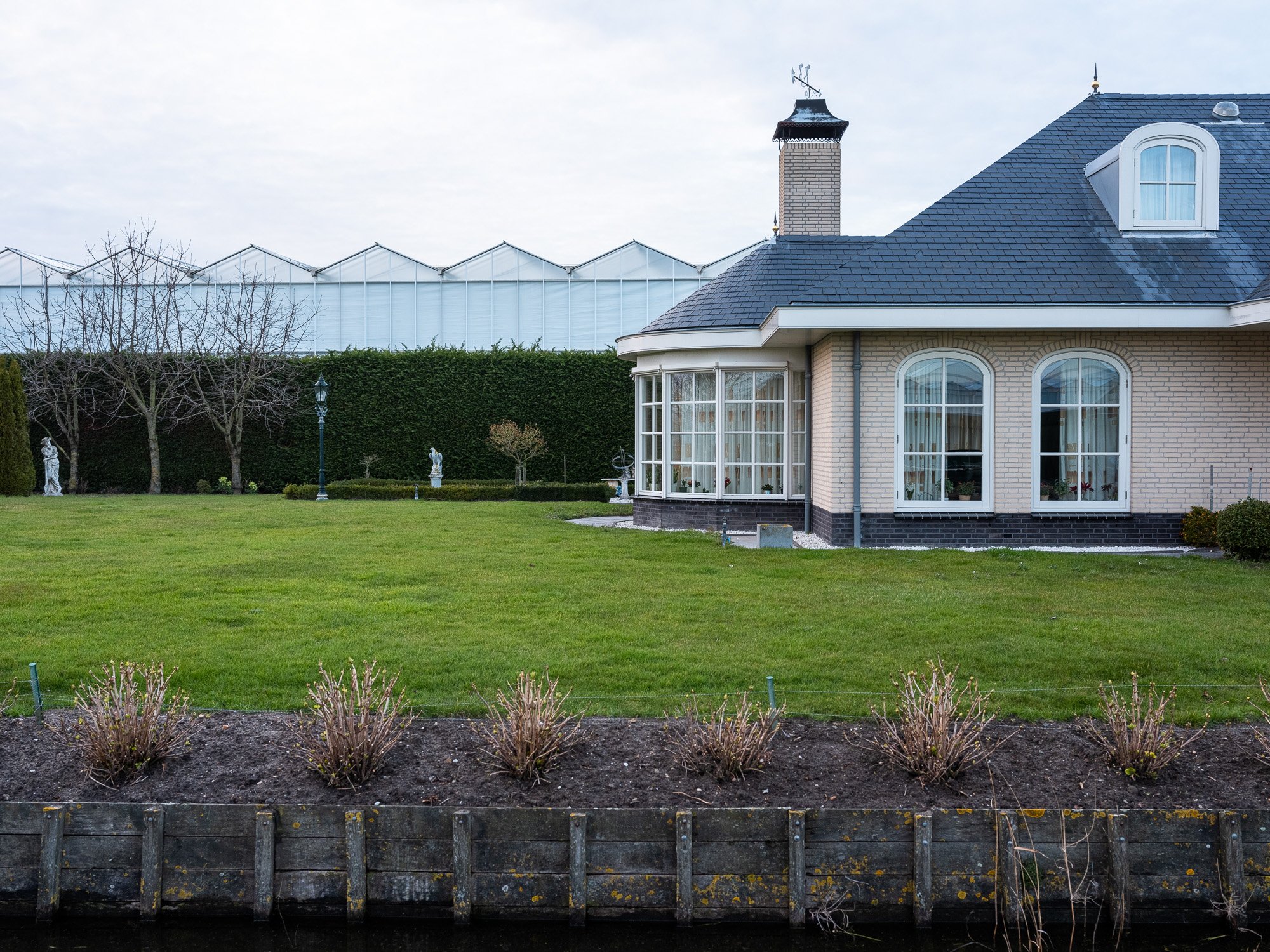
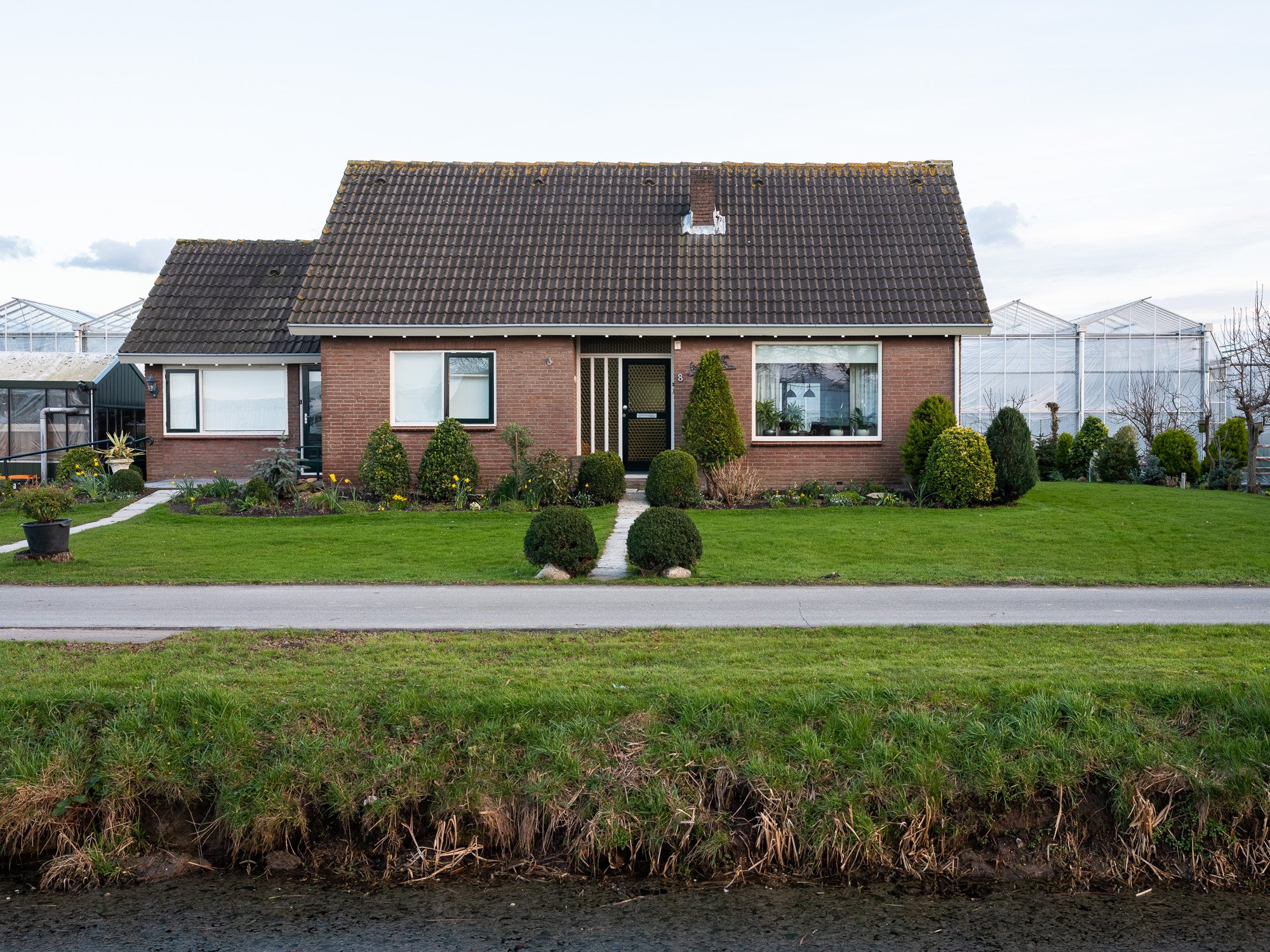
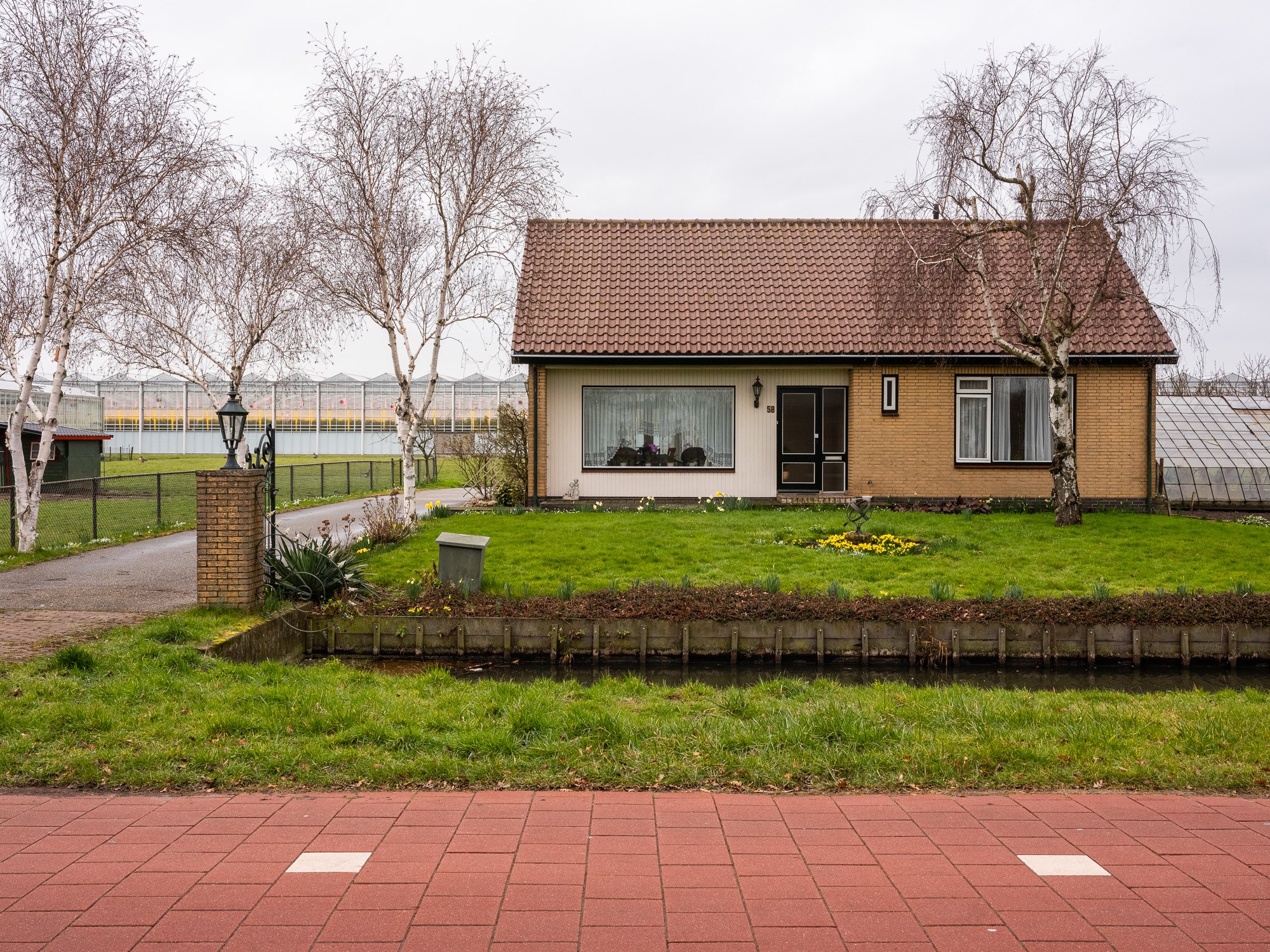
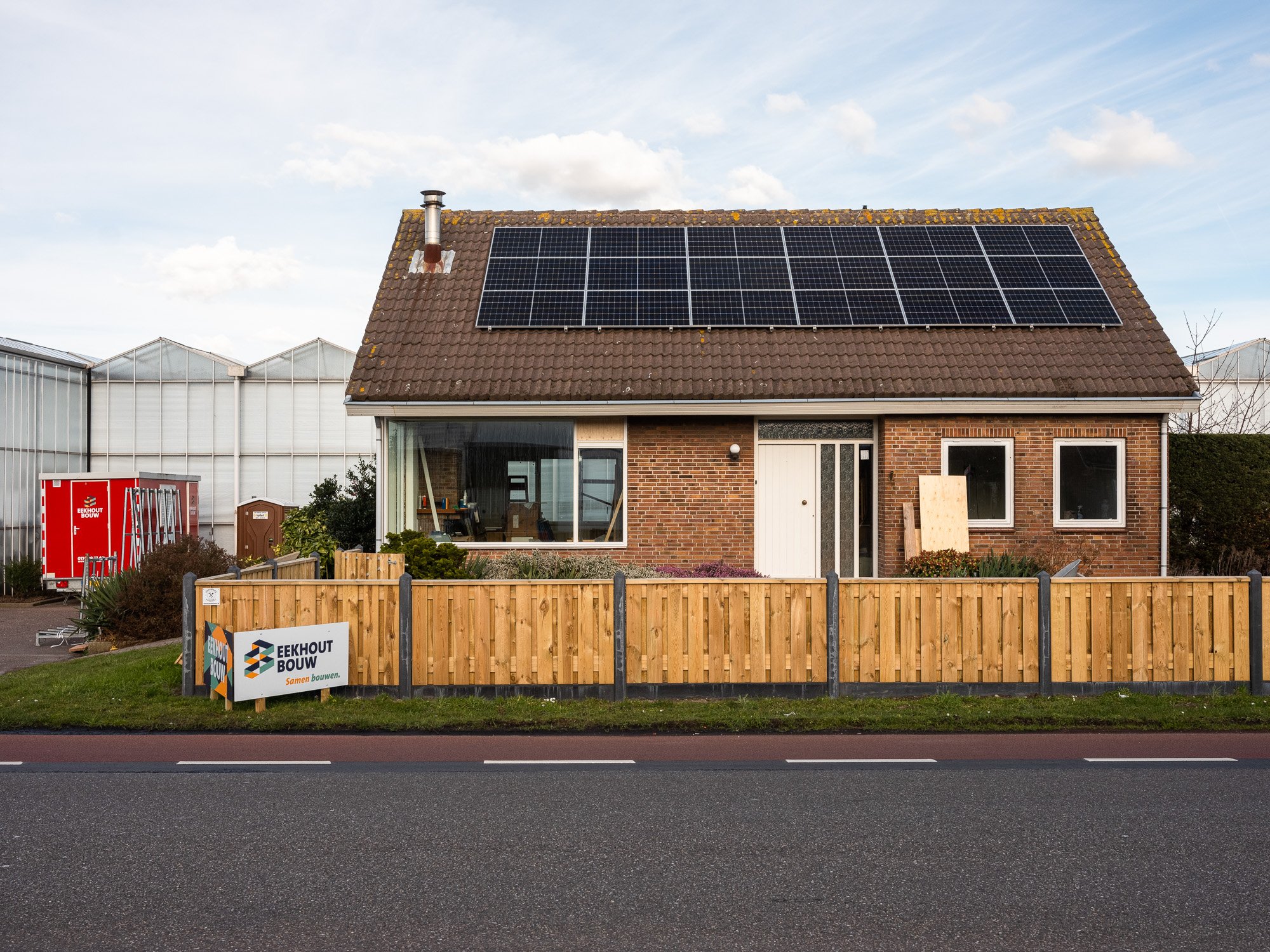
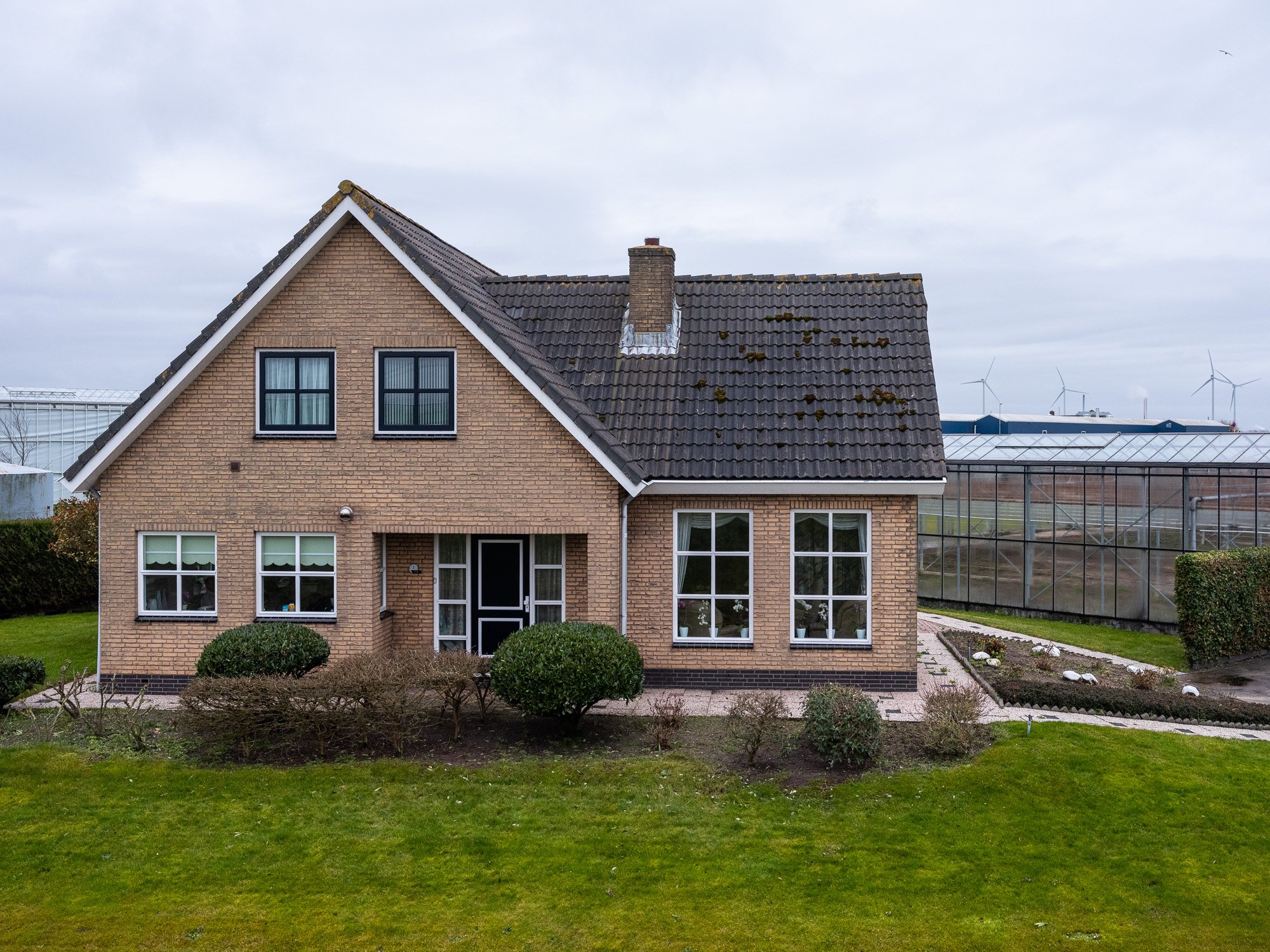
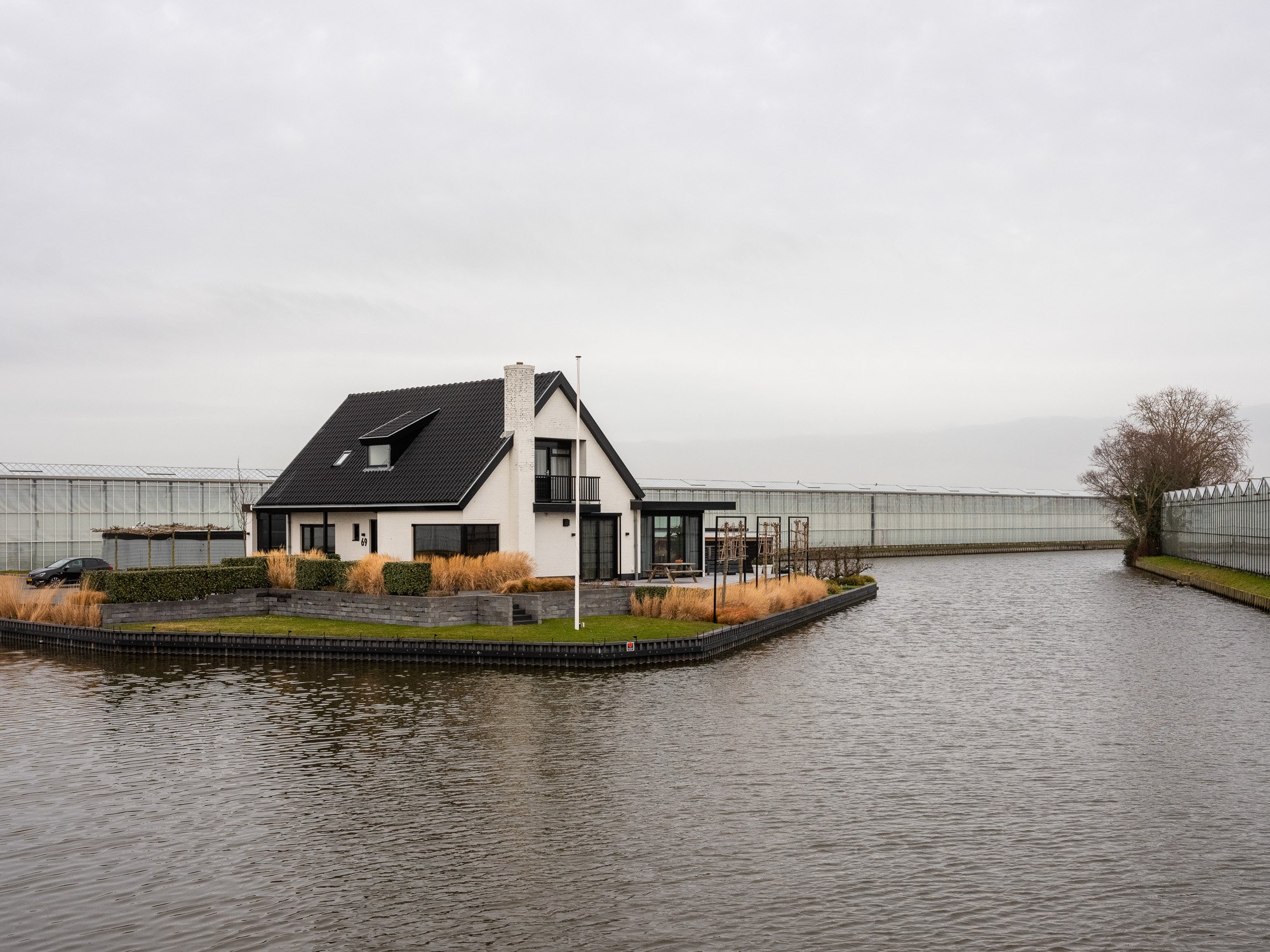
RWANDA
Of rice and men
For most African countries, food security is a number one priority. And post-genocide Rwanda is no exception. The Central African country aims to achieve it in part thanks to rice production – which, as most agriculture in the country, relies almost exclusively on manual labour, and is closely controlled by the State. We visited several rice cooperatives; farmers who grow anywhere between 0.1 hectares to 5 hectares; FAO-sponsored programs using rice paddies to grow fish; rice mills; and dams built by the Japanese government to get to the heart of the story: can Rwanda become self-sufficient in rice production, and at what cost?
RWANDA
A coffee for peace
Rushashi: three hours and sixty kilometres from Kigali, the Rwandan capital. Here, on the ashes of the 1994 genocide (800,000 victims between April and July 1994, mainly from the Tutsi ethnic group), a cooperative of coffee growers is striving to rebuild a peaceful, united, society.
Its key-players in doing so: women who, for decades, had been excluded from coffee production – a cash crop that can change lives, and that accounts for almost 20% of the country’s agricultural exports.
Spearheading the commodification of Rwandan countryside, coffee has enabled women to extricate themselves from subsistence farming. The income it generates enables them to send their children to school and significantly improve their daily lives. As well as earning money from the sale of their coffee cherries, many women also work for the Abakundakawa cooperative: they sort coffee grains and package it at the washing station. And to encourage these employee-producers, the cooperative provides them with coffee plants, as well as, when possible, a pig or a cow.
With 400 coffee trees and a job as sorters’ manager, Godriva Nyrandiziwi is one of the cooperative’s main players. She shares a small mud house with her mother and her daughter, a one-hour walk away from the washing station –three generations of women whose lives have changed thanks to coffee.
A 100 kilometres to the east, Nova Coffee is also committed to improving the daily lives of its women producers. The company, which markets «coffee for mothers», was founded by the daughter of a local agronomist. It offers more than 100,000 coffee plants to growers each year, in order to develop the crop. At the time of our visit, it was completing the construction of three houses to accommodate pregnant women and young mothers, so that they can continue working with coffee wich is one of the few means of emancipation in the region.
In 20 years, Rwandan coffee (20,000 tonnes produced by nearly 400,000 small farmers on 40,000 hectares) has become one of the most sought-after coffees in the world. And coffee from the Abakundakawa cooperative regularly ranks among the country’s top coffees. Made up of 2,100 producers, including 920 women and over 400 young people, the cooperative counts Starbucks among its customers. Nova Coffee works with 2,800 growers who own 157 hectares of land, with a total of 390,000 coffee trees.
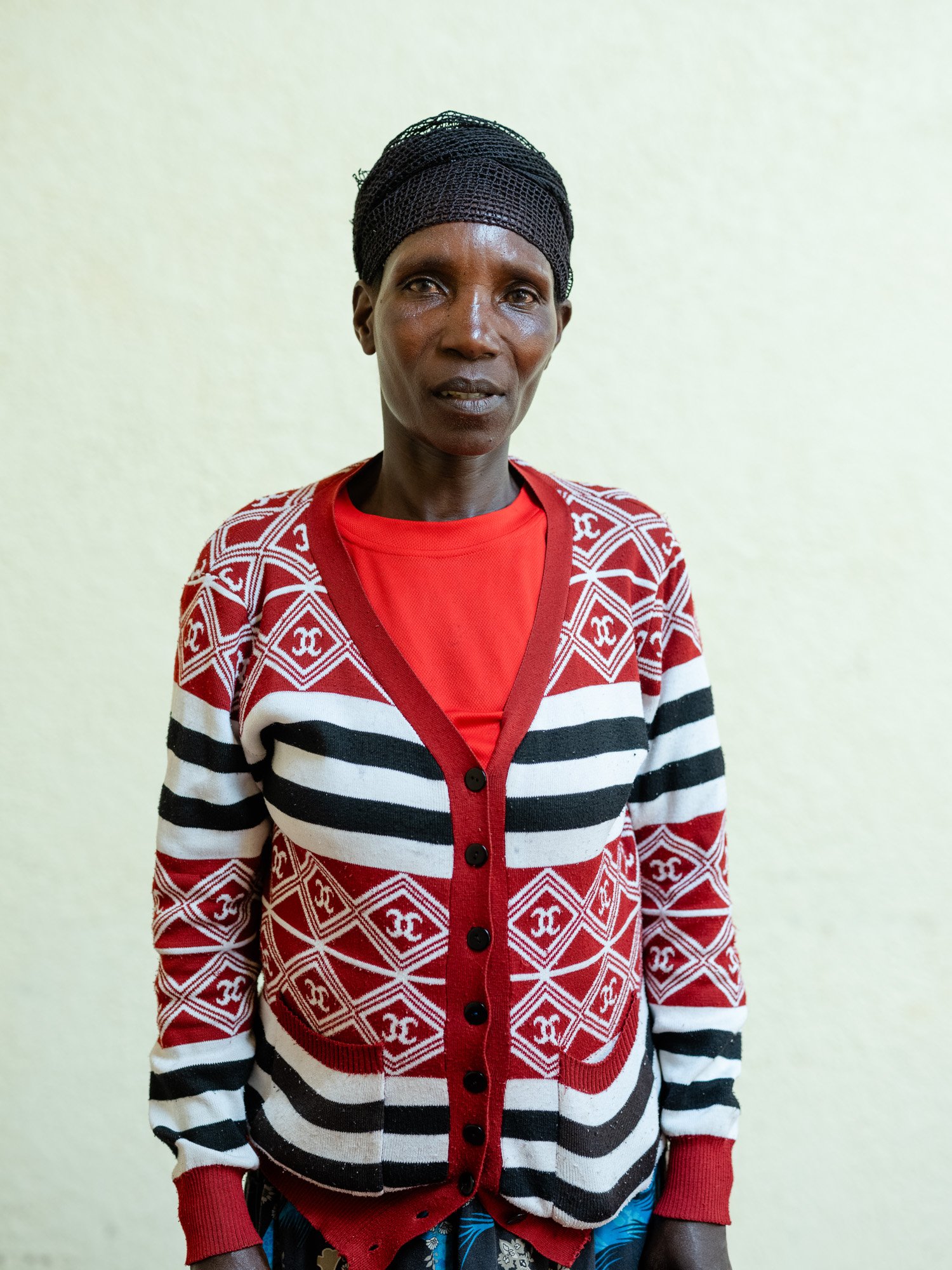
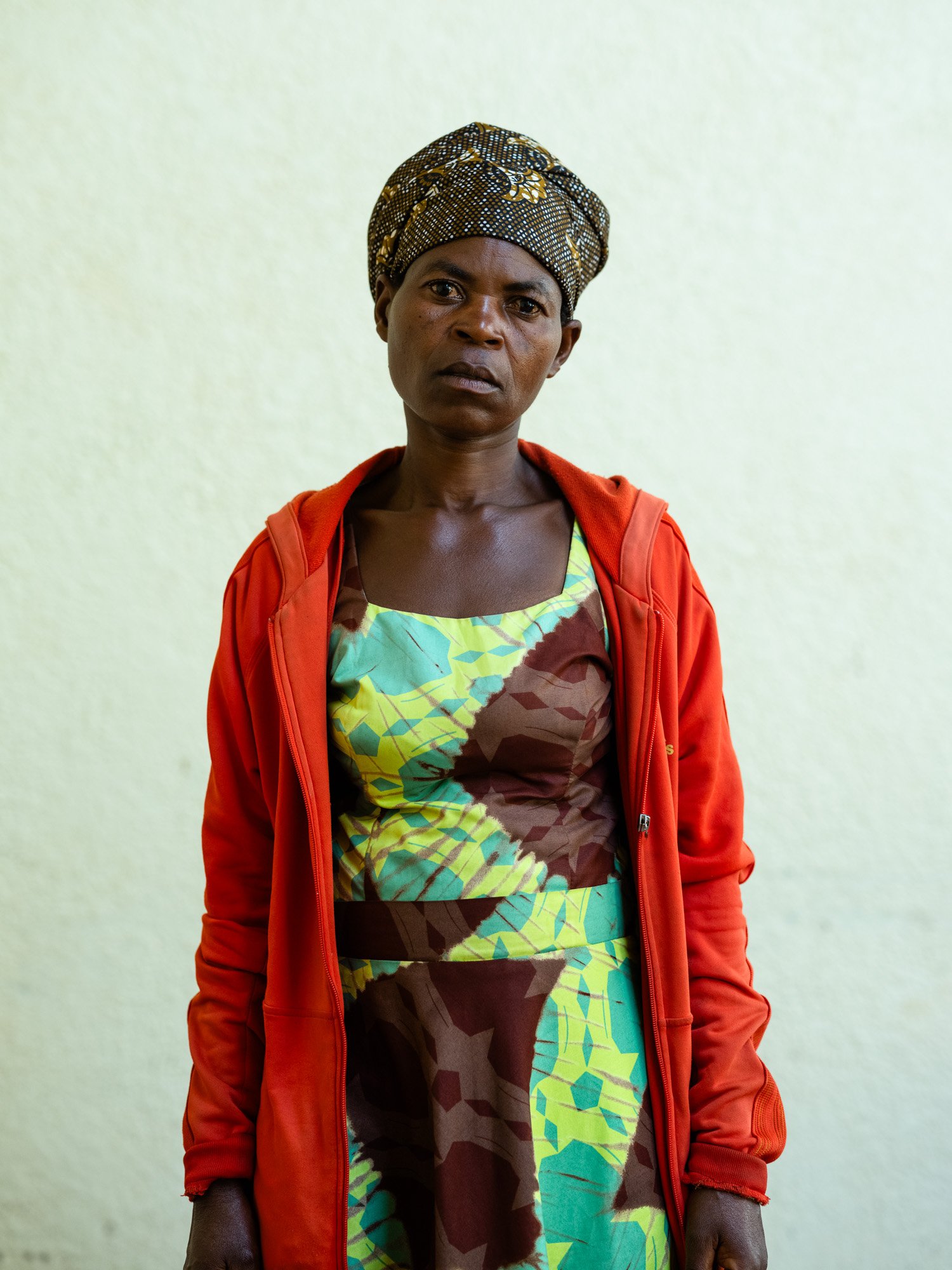
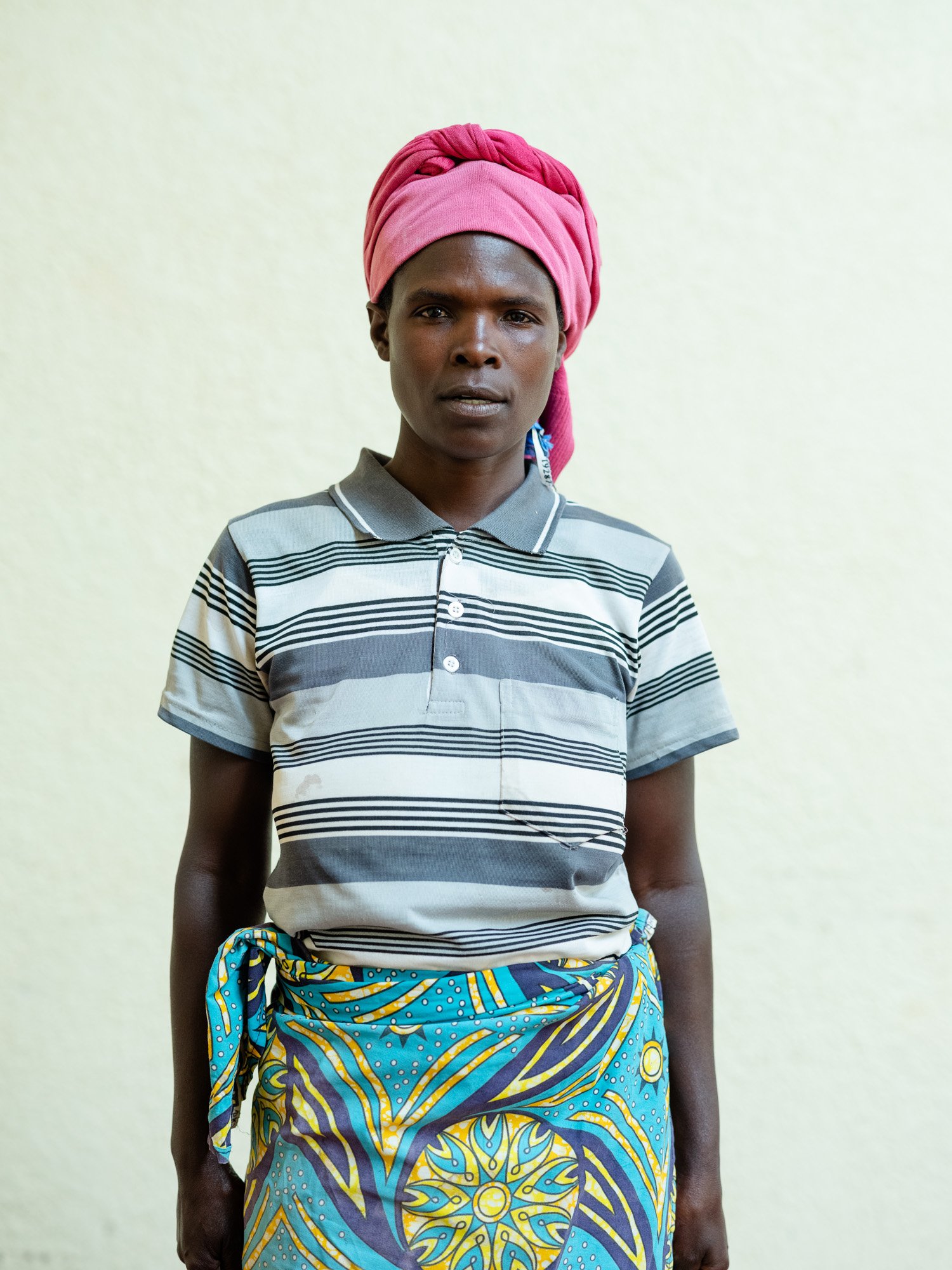
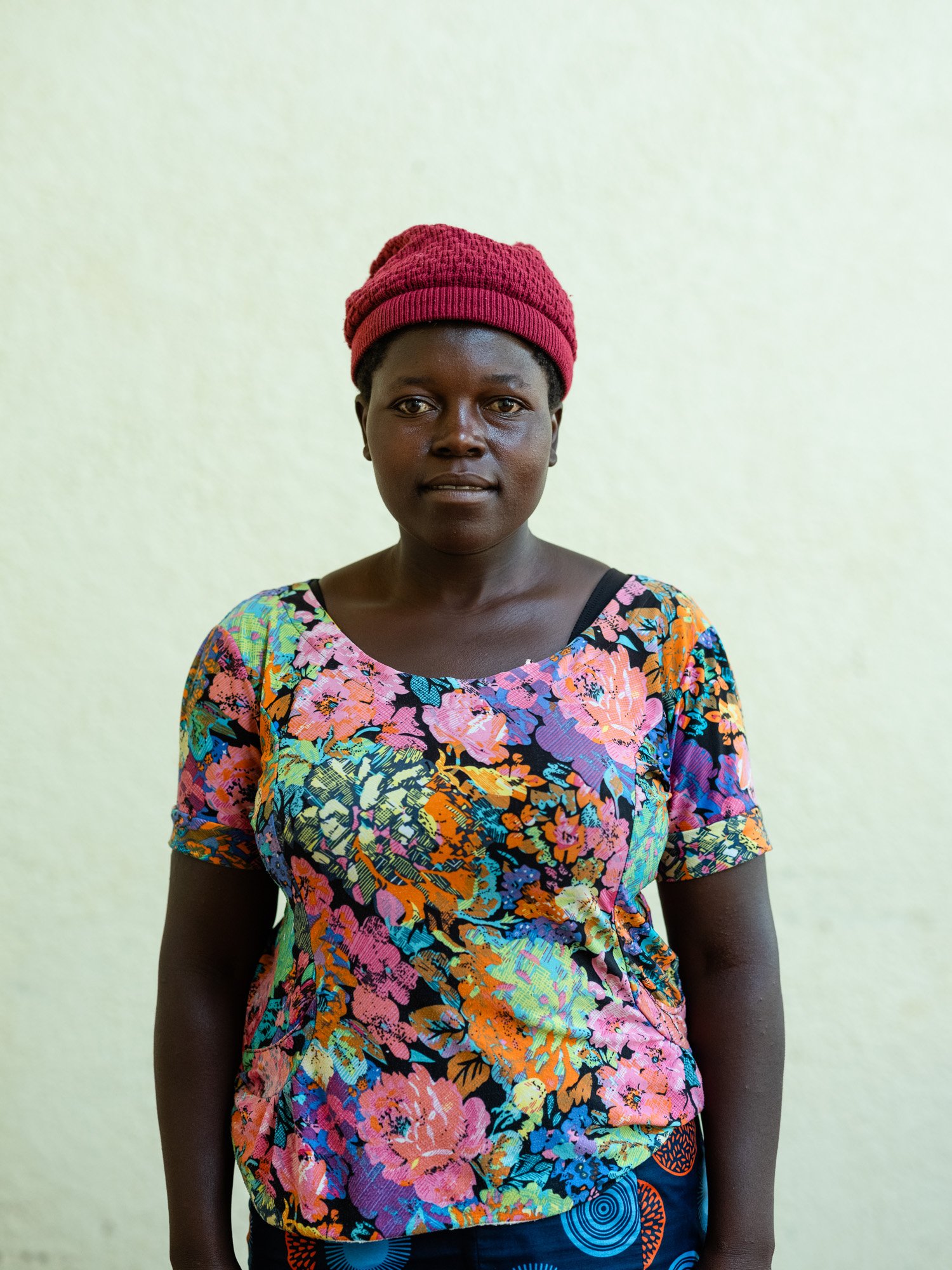
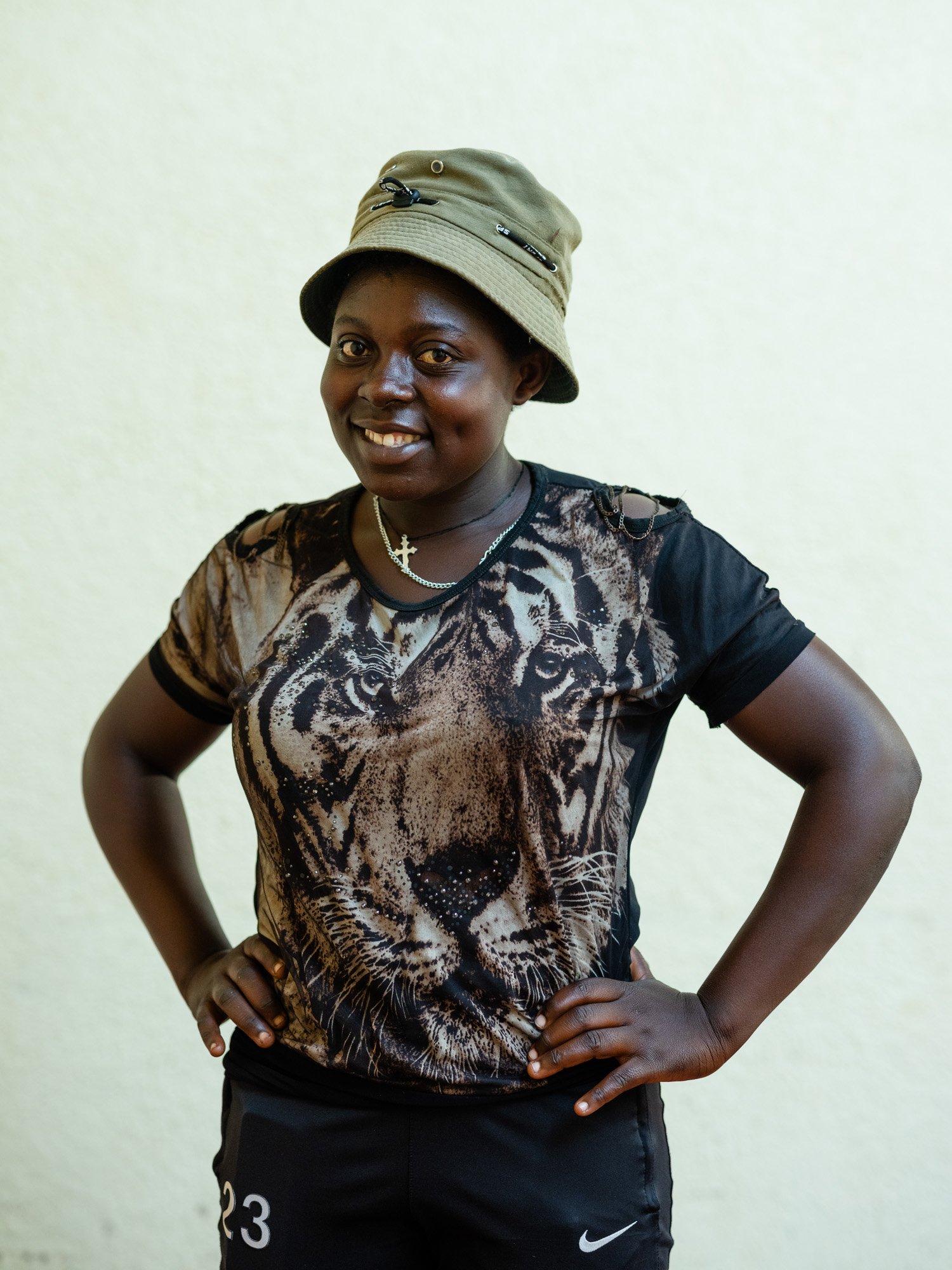
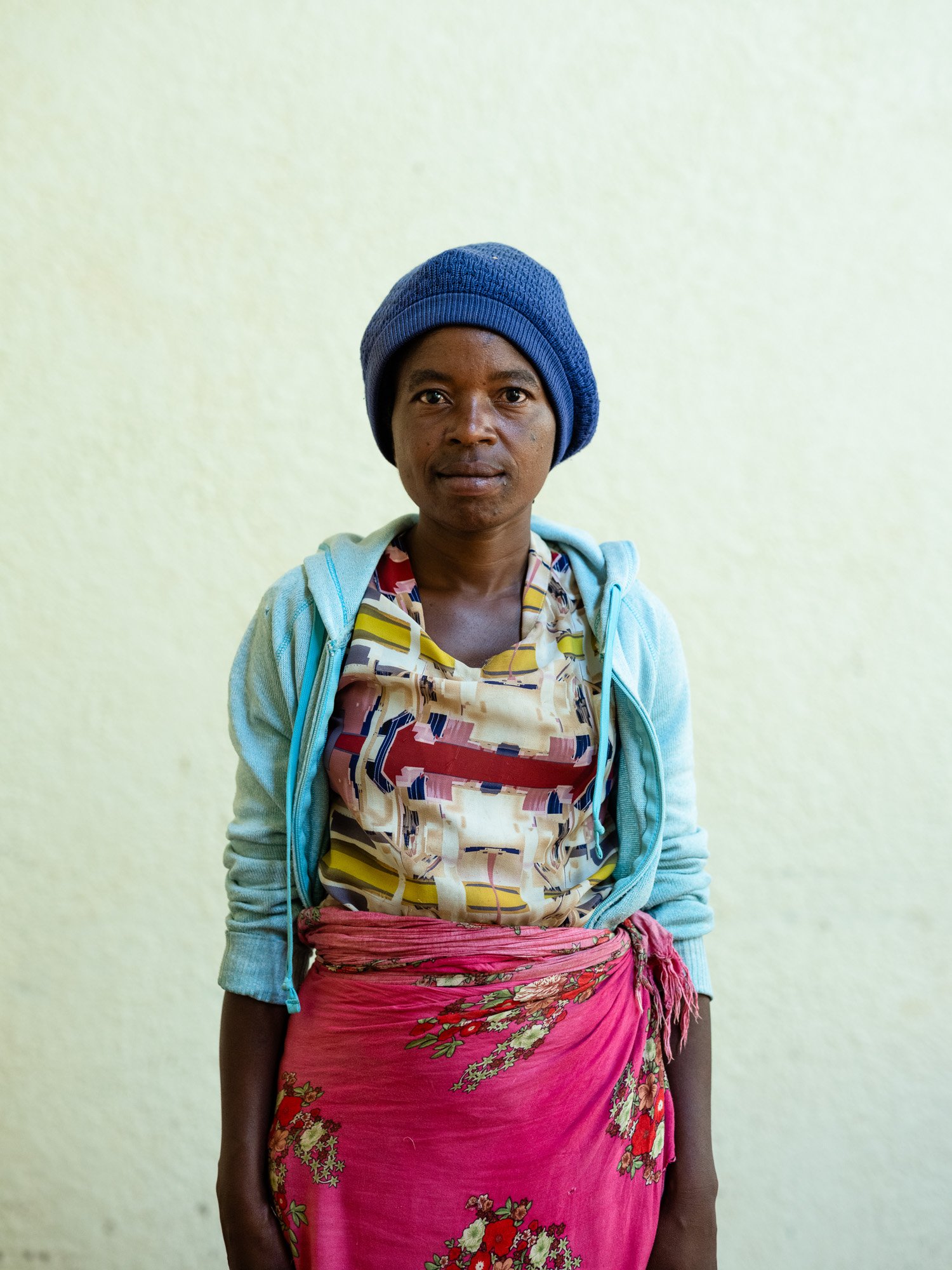
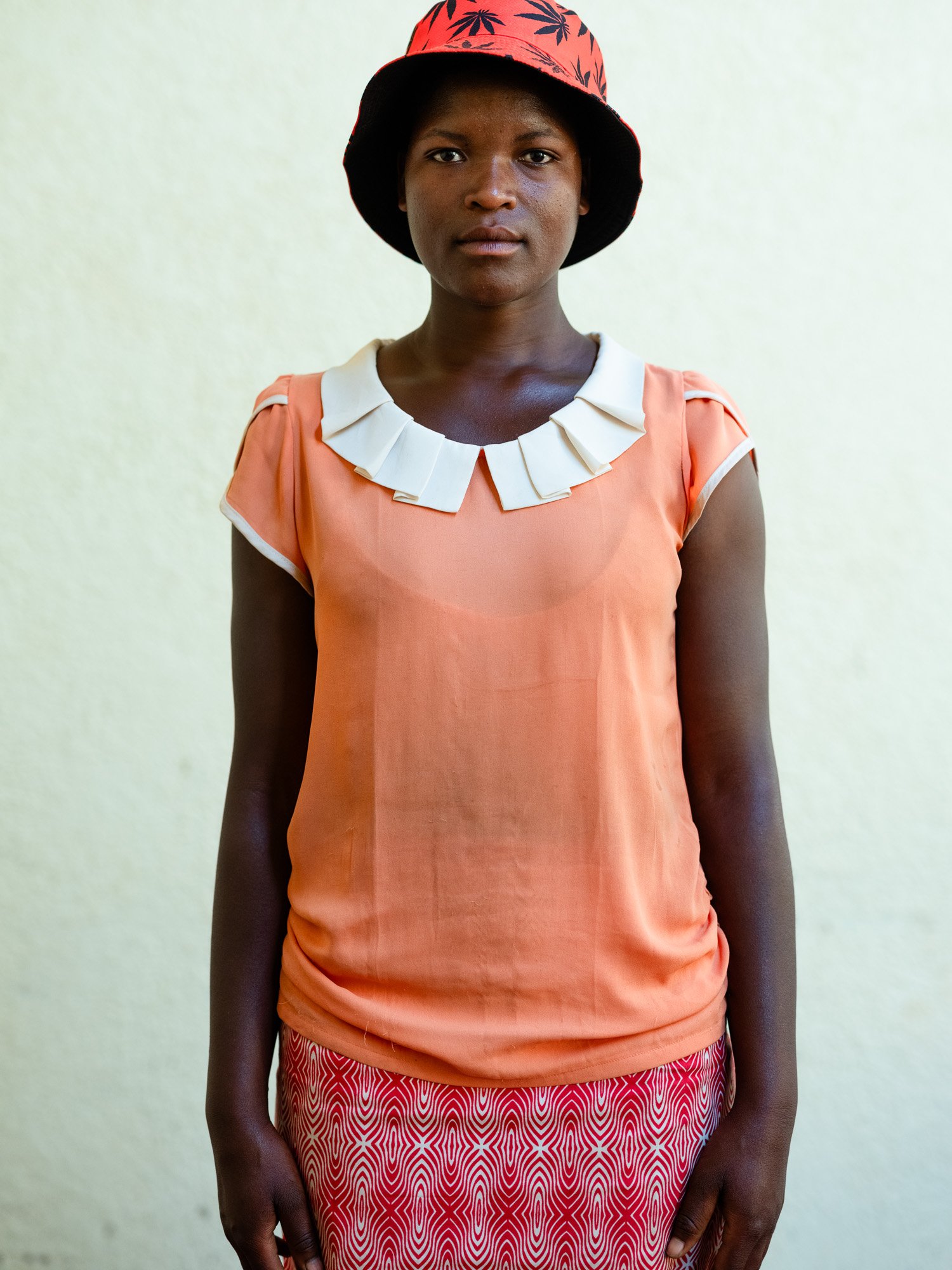
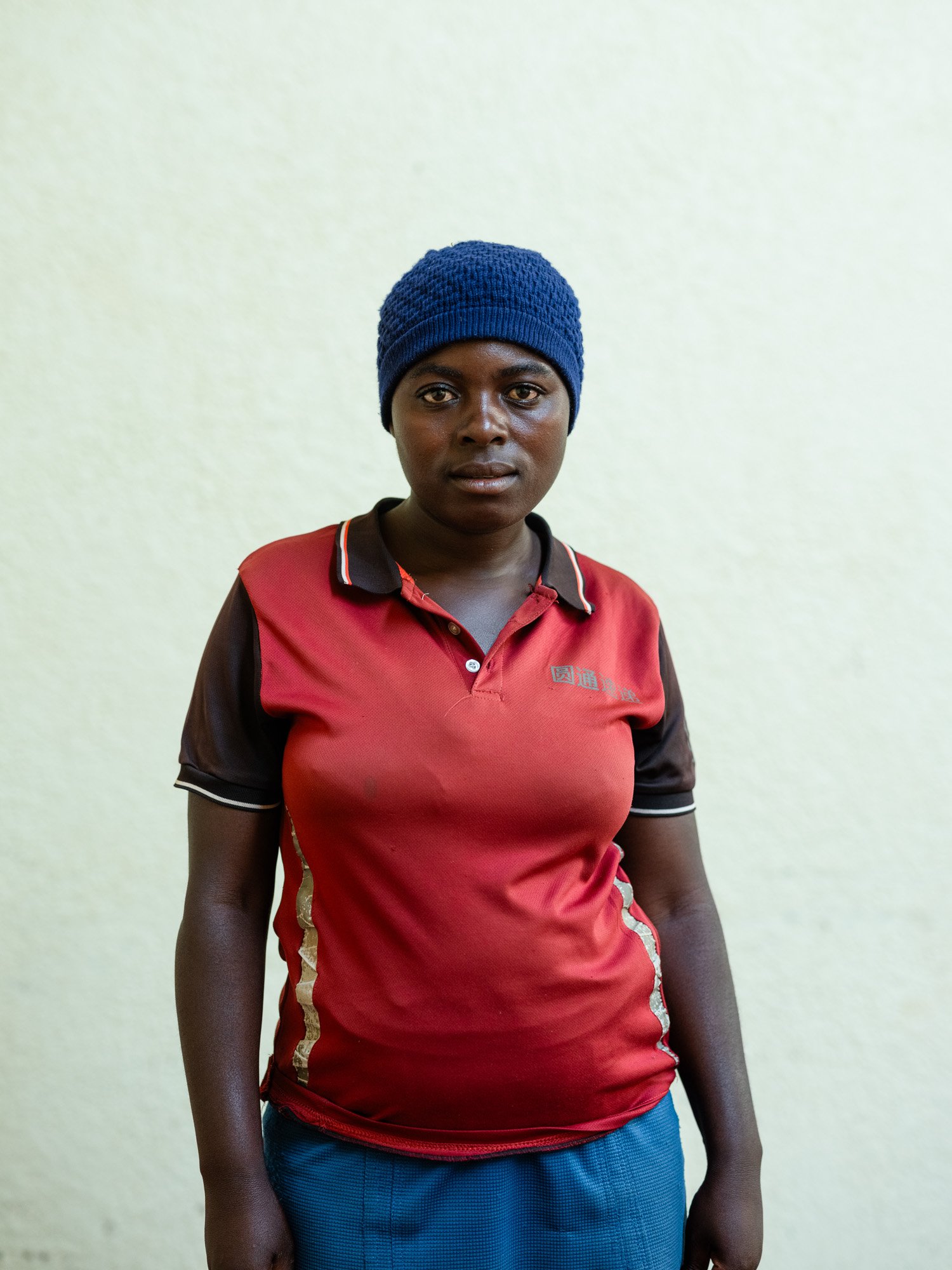
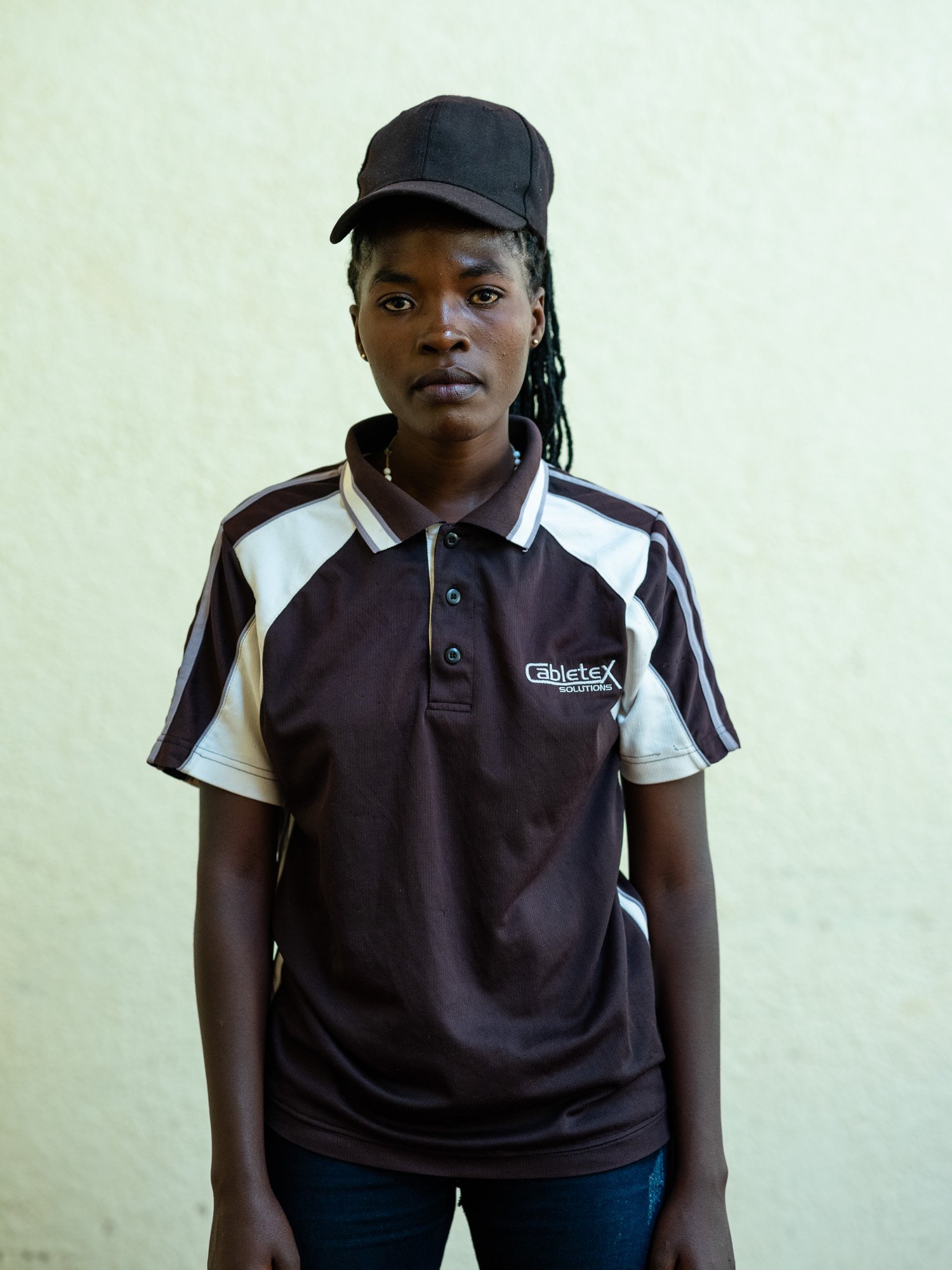
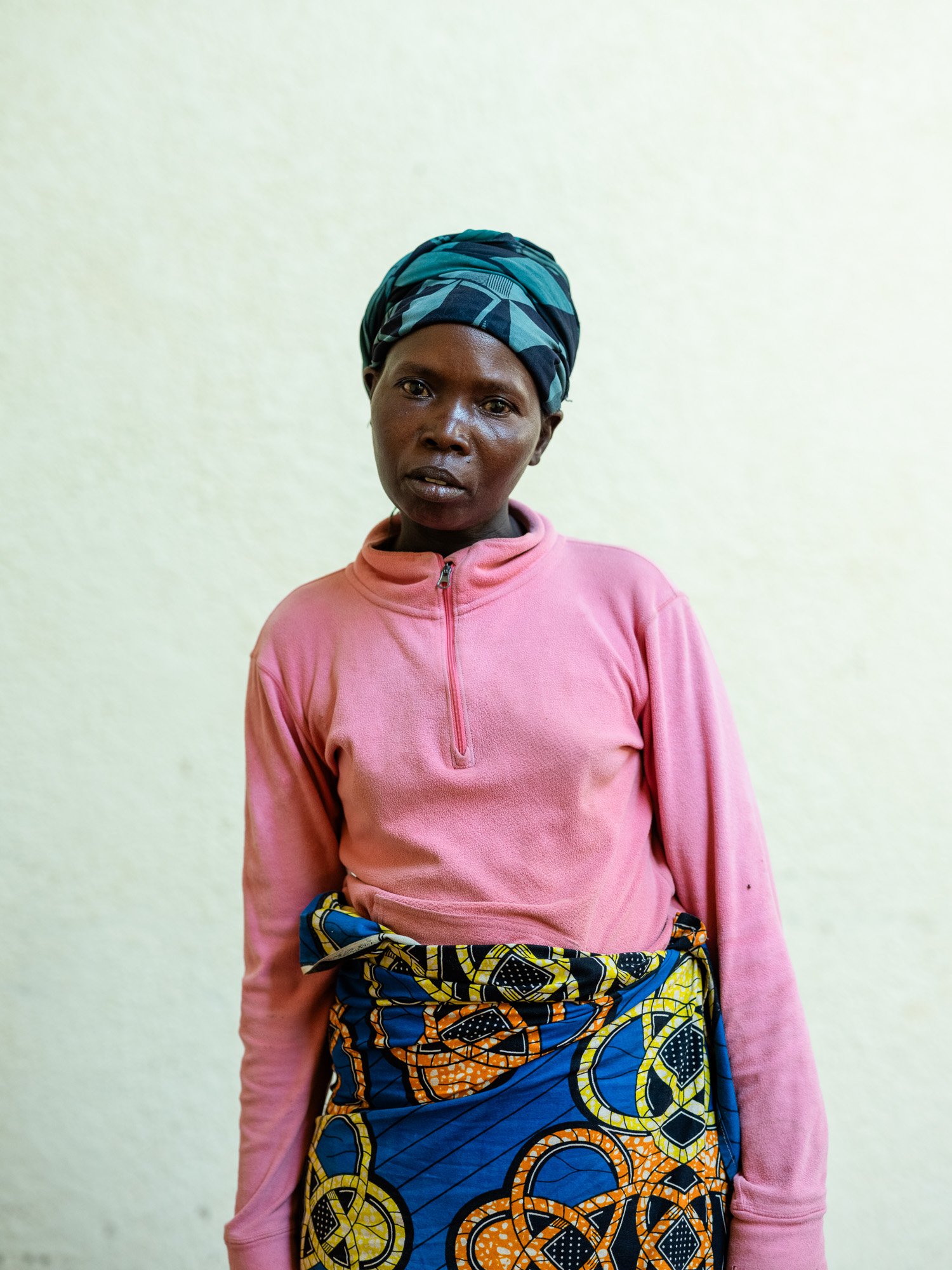
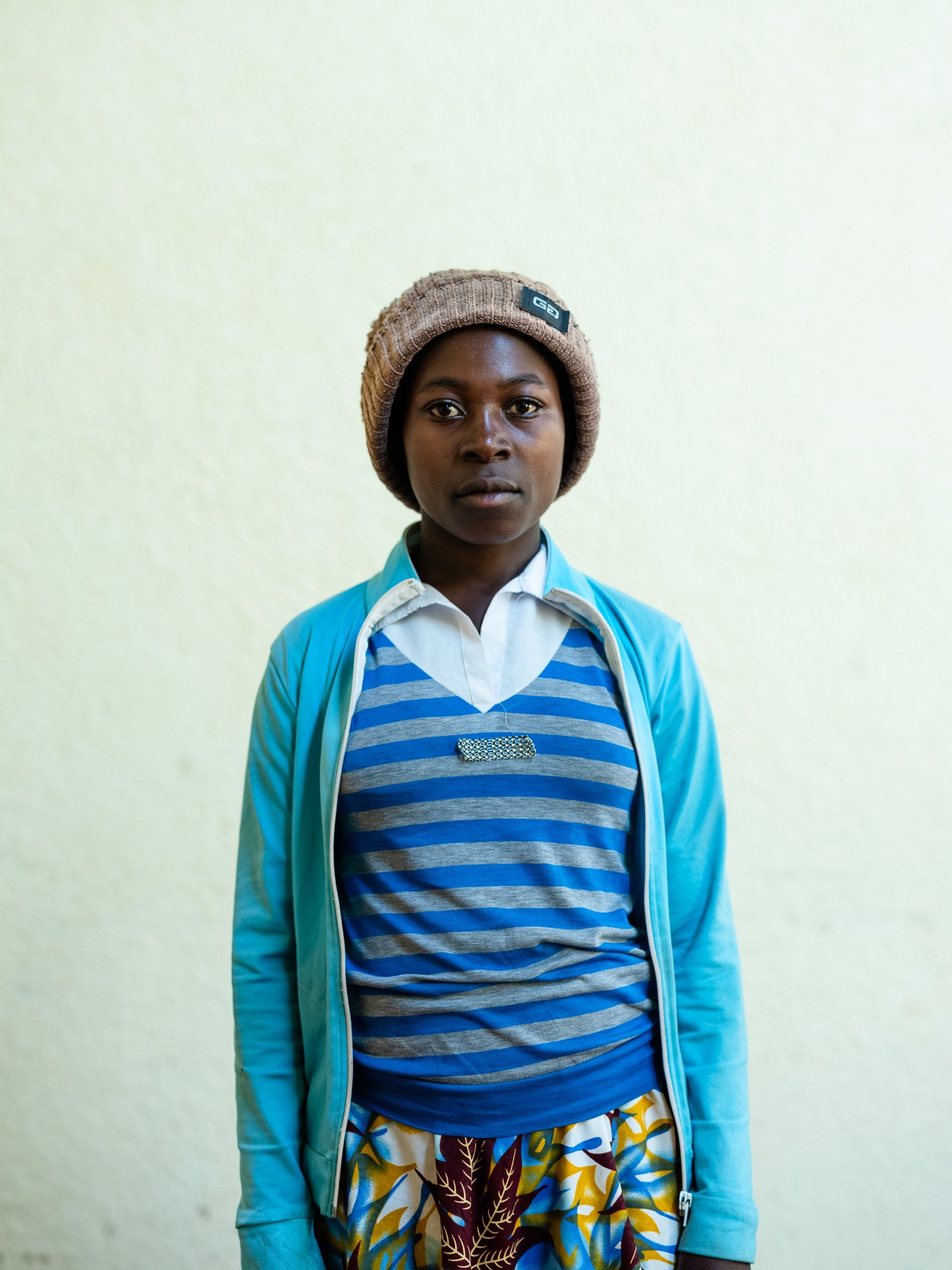
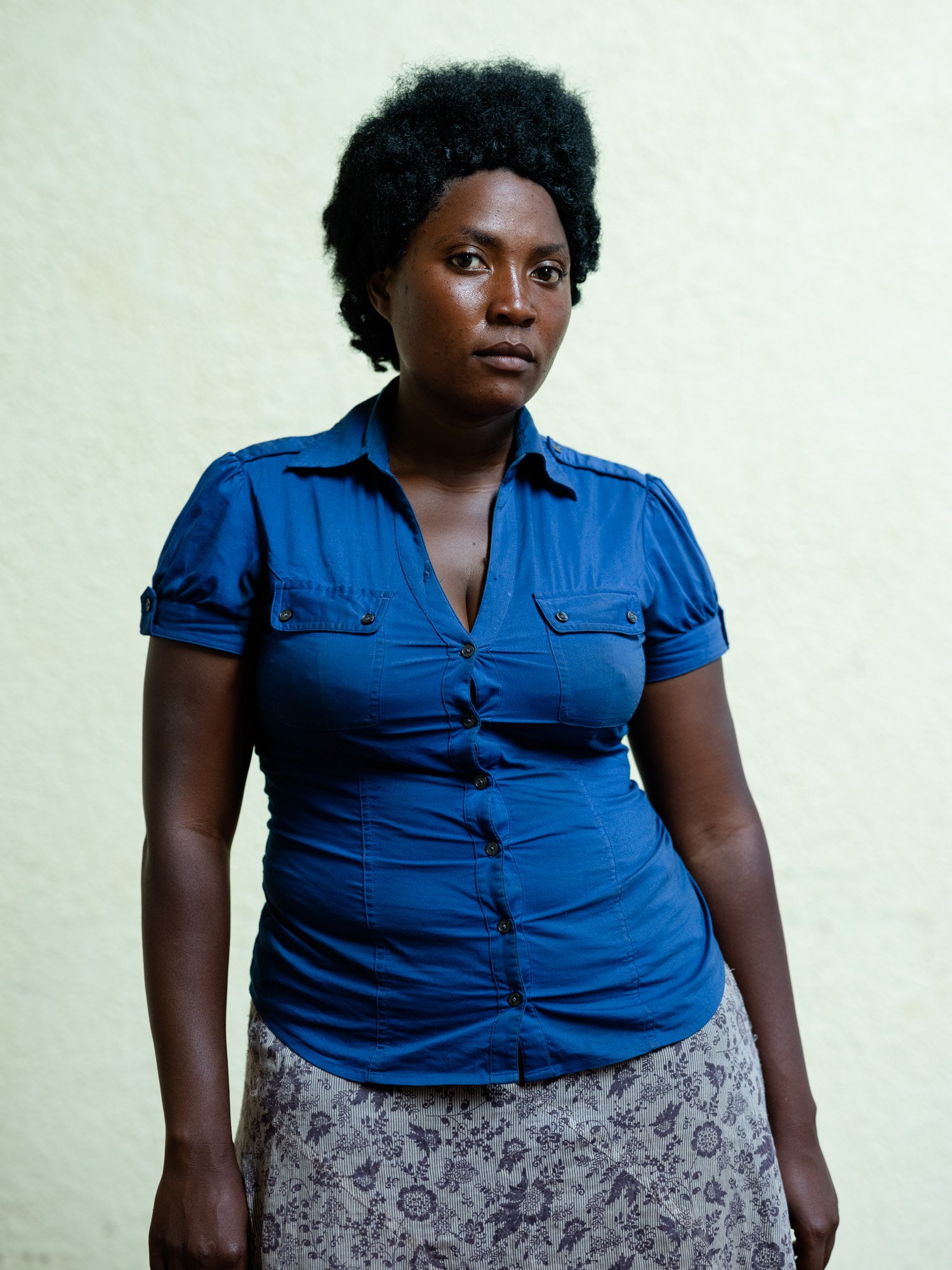
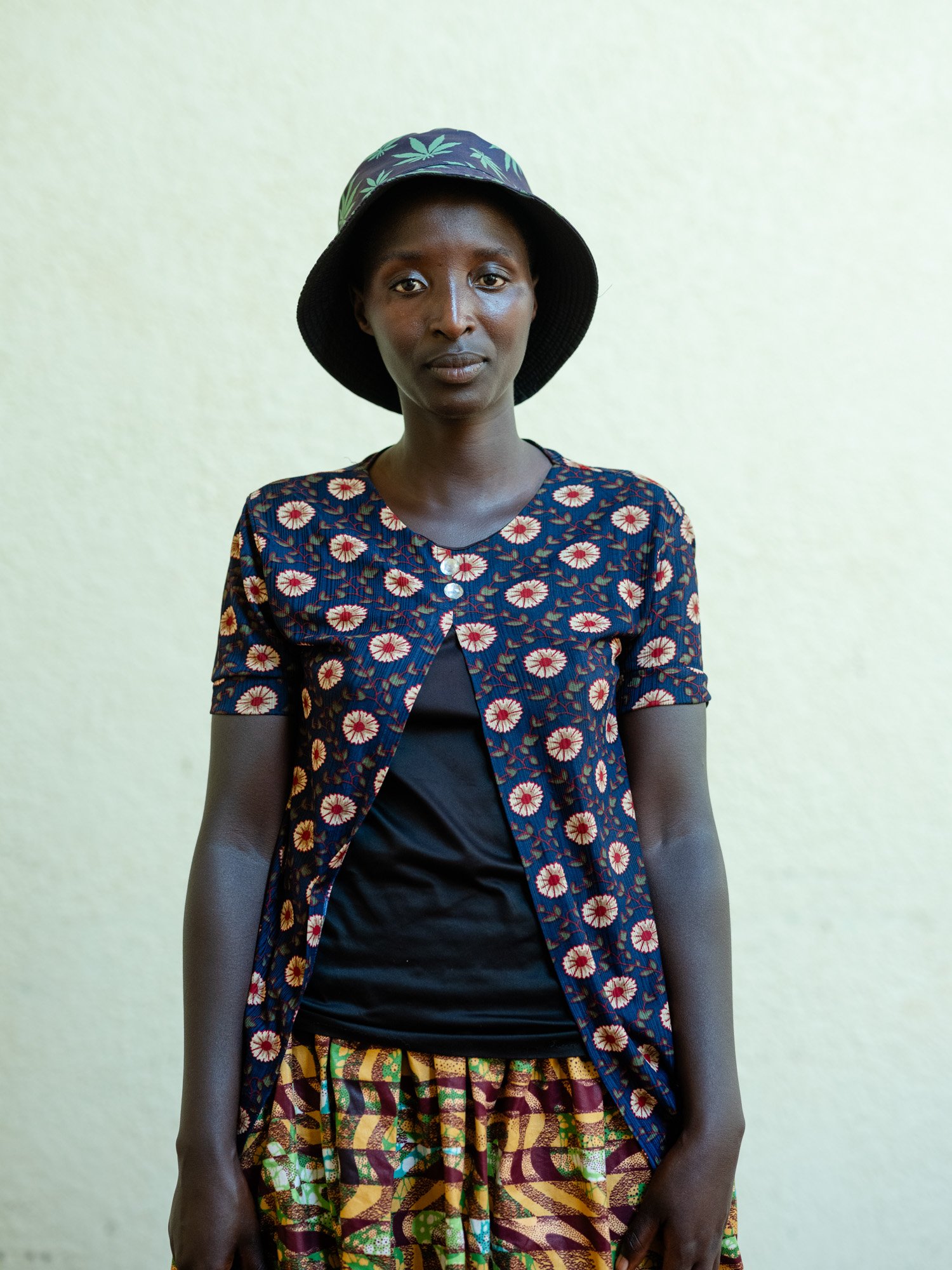
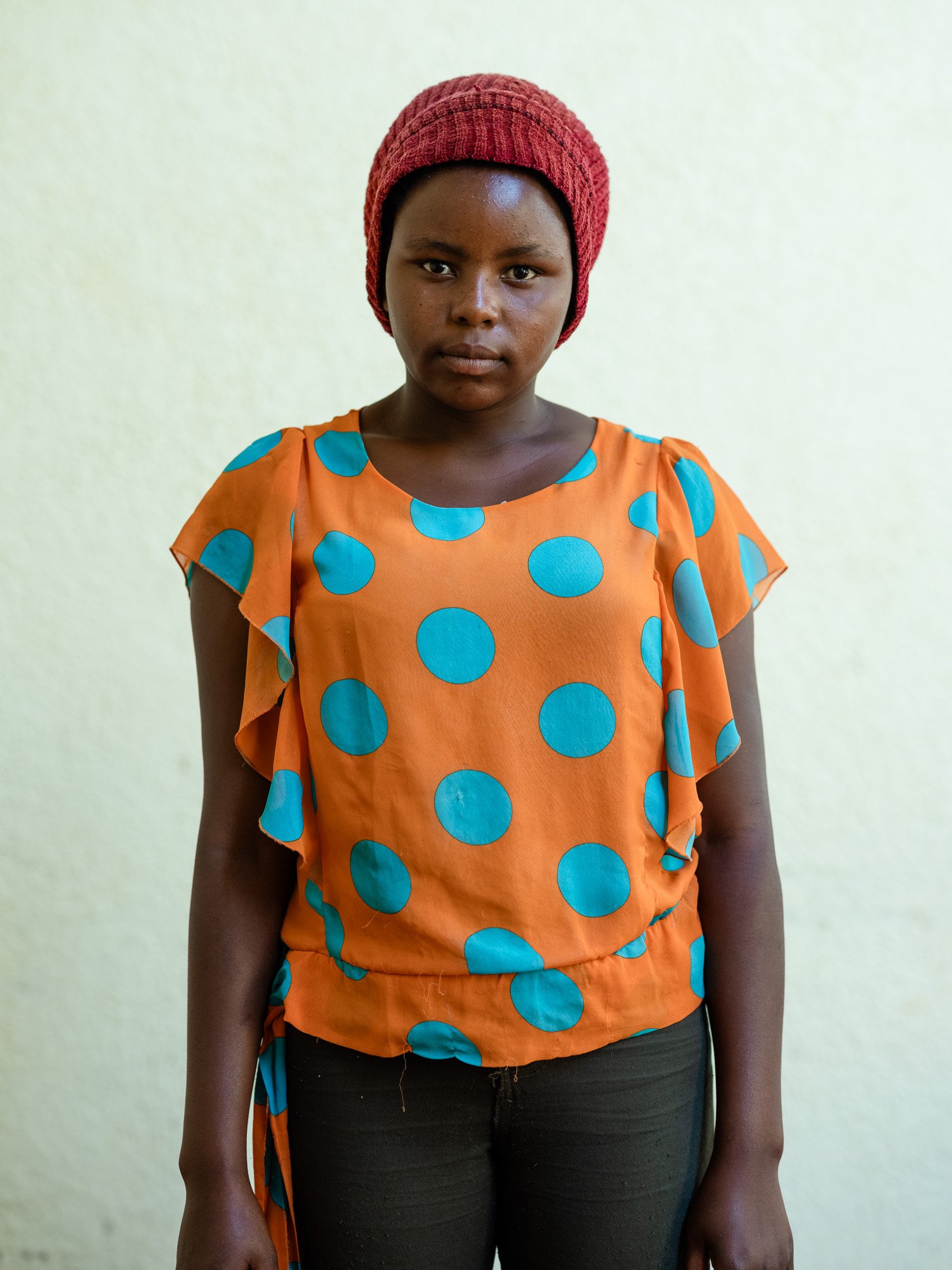
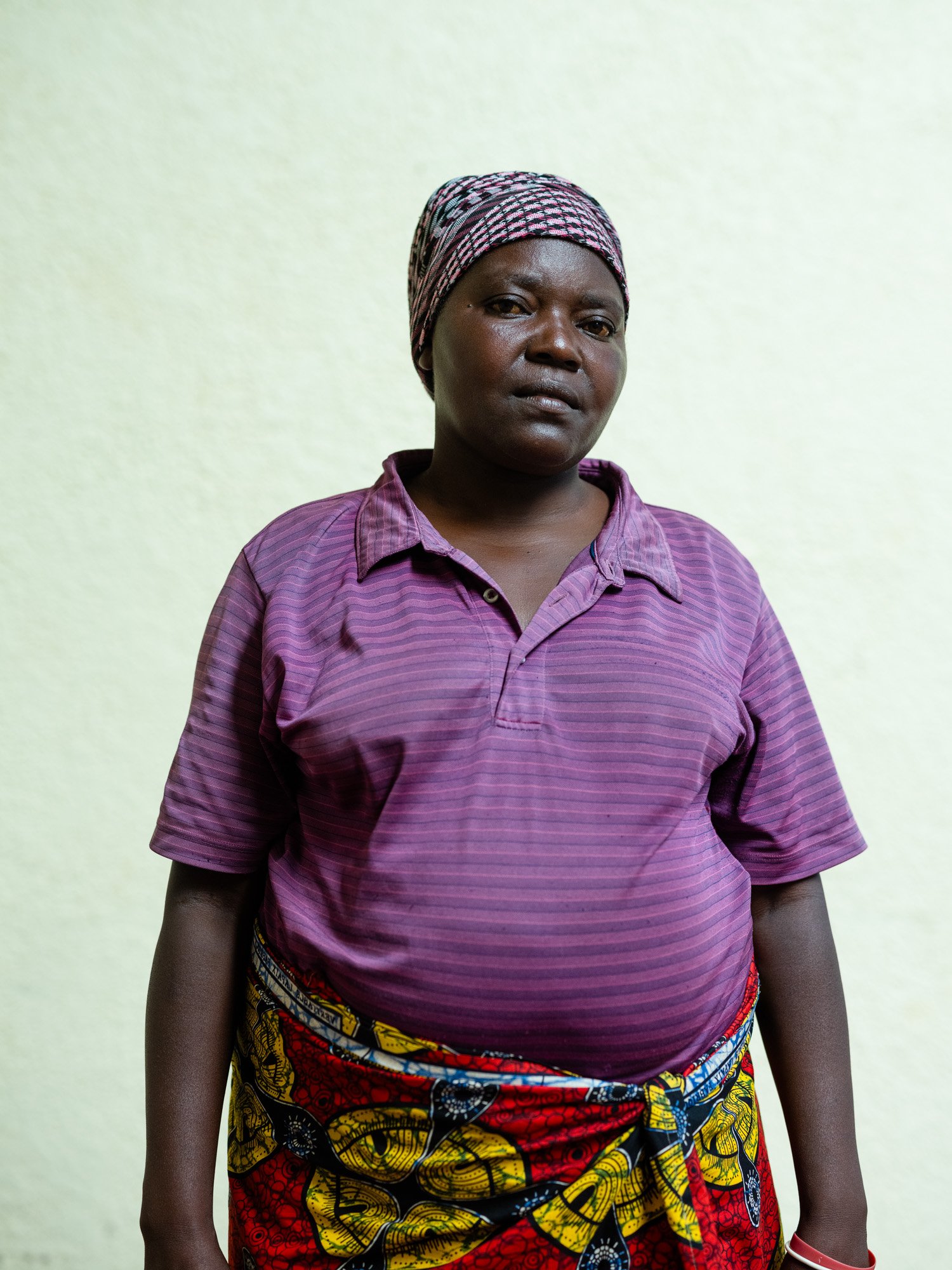
FRANCE
Plougastel parano
We were somewhere near Guipavas when we realized that our tomato story was definitely going to be more complicated than expected. No one would let us into those gigantic glass and metal greenhouses where round, cherry and pigeon-heart tomatoes were beginning to turn red despite the lukewarm February sun.
From Normandy to Brittany, we traveled hundreds of kilometers to document what had come as a bit of a surprise: in France, the tomato industry flourishes mainly in the north-west of the country - not in the south, as we had naively imagined. Our idea was to give a voice to those involved in the production chain of France’s most widely consumed vegetable. Semi-private research centers, nursery growers, new technology pioneers, foreign investors, local residents opposed to new greenhouse projects, and small local producers: all these players coexist around Plougastel. And they all distrust each other, to the point of not wanting to talk to anyone.Why is the tomato industry closing its doors? That’s what we want to tell you in a humorous vegetable road-trip along France’s wettest roads
FRANCE
Banana round trip
Is there such a thing as a banana 100% made in France? Yes, and its story doesn’t begin in the West Indies, as you might imagine... but in a small industrial zone on the outskirts of Montpellier.
To produce the fruit that the French love so much, you have to grow the plants of this herbaceous plant that has become an emblem of globalization. This is the specialty of Vitropic, a Montpellier-based small enterprise and one of the world’s top three producers of banana vitroplants. The plants are flown in, pampered by nurserymen and then planted, pruned and monitored... to produce the best possible fruit.
But the story of the French banana is also the story of chlordecone, which hited the population hard and polluted the soil for decades; the story of the «Gros Michel», the most widely consumed variety until it was eradicated by Panama disease, now replaced by the equally hegemonic «Cavendish»... Now threatened by a new strain of Panama disease and Cercosporiasis.
Before landing in a hypermarket a few hundred meters from Vitropic, the French banana is at the heart of a rarely-told adventure.
It’s not an easy journey - and that’s what makes it so interesting. Between Vitropic and the stalls of Montpellier, our journey takes us to a Martinique farm nicknamed «the Disneyland of bananas», and to one of the island’s few organic farms; we came across chlordecone survivors, young entrepreneurs with the air of gentleman farmers, nurserymen, freighters, «ripening plants», packing lines and research institutes... in short, everything that hides behind the French banana.

















